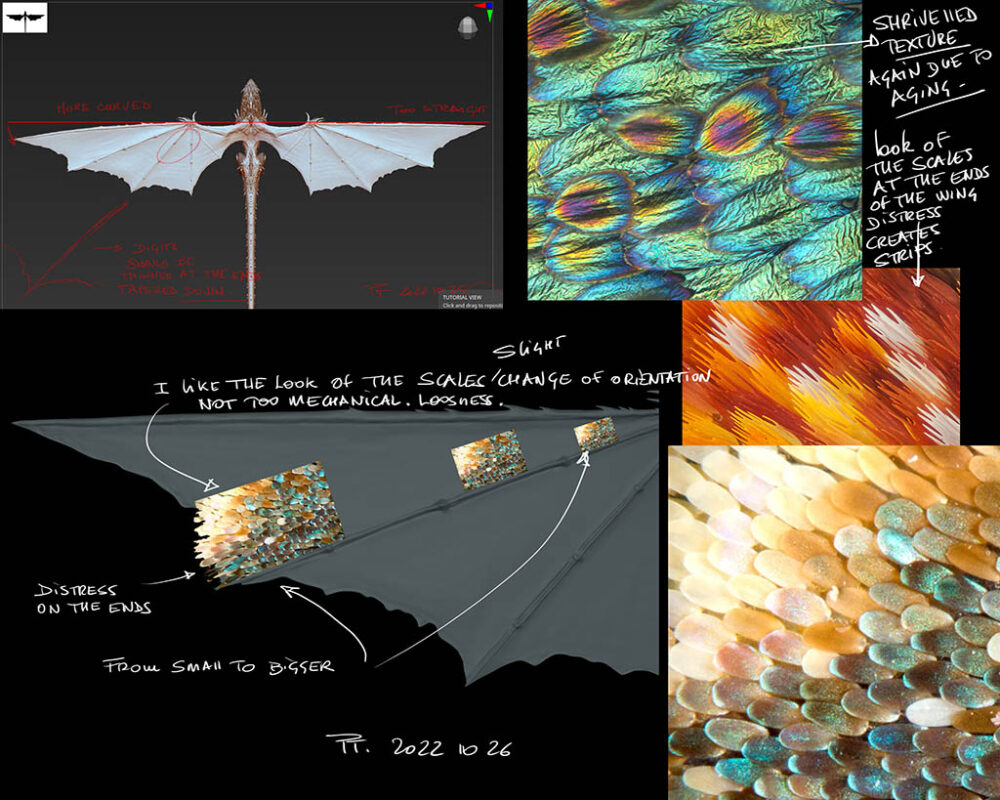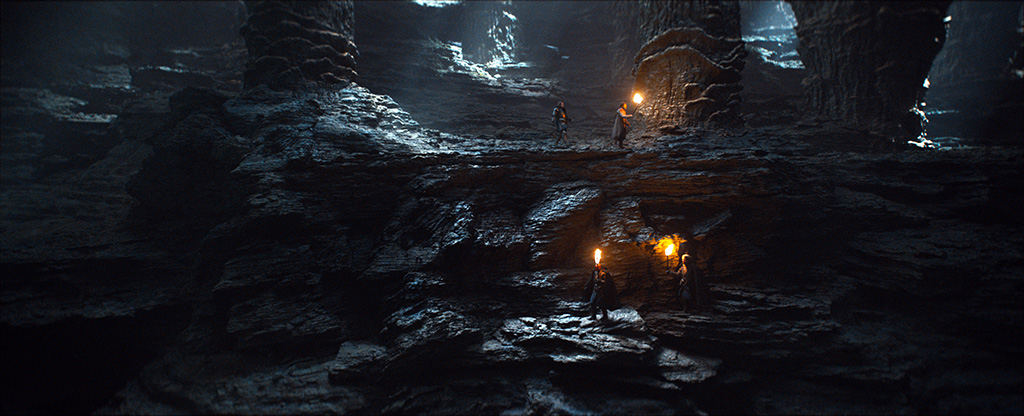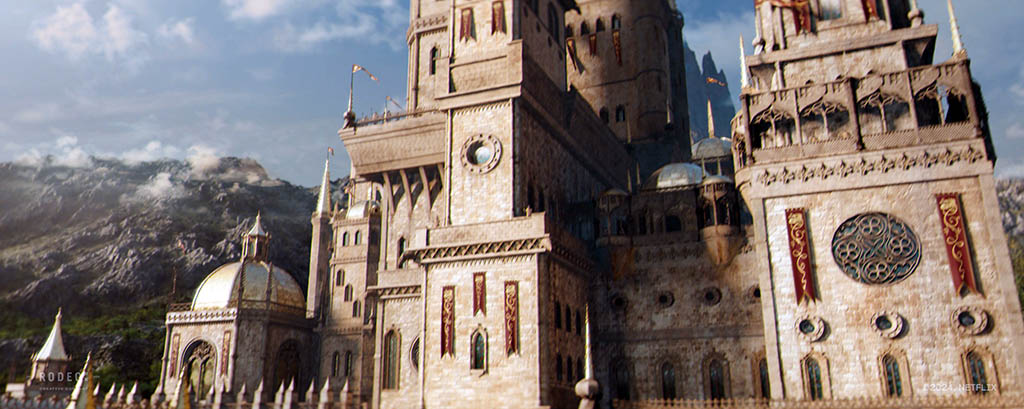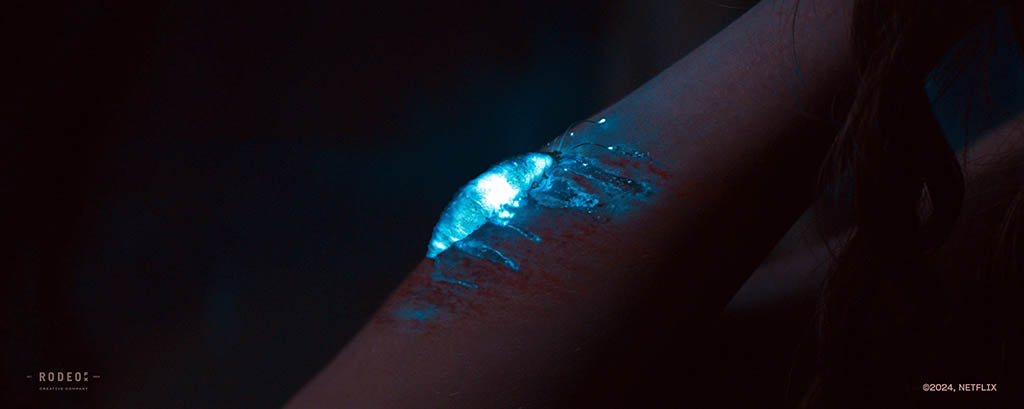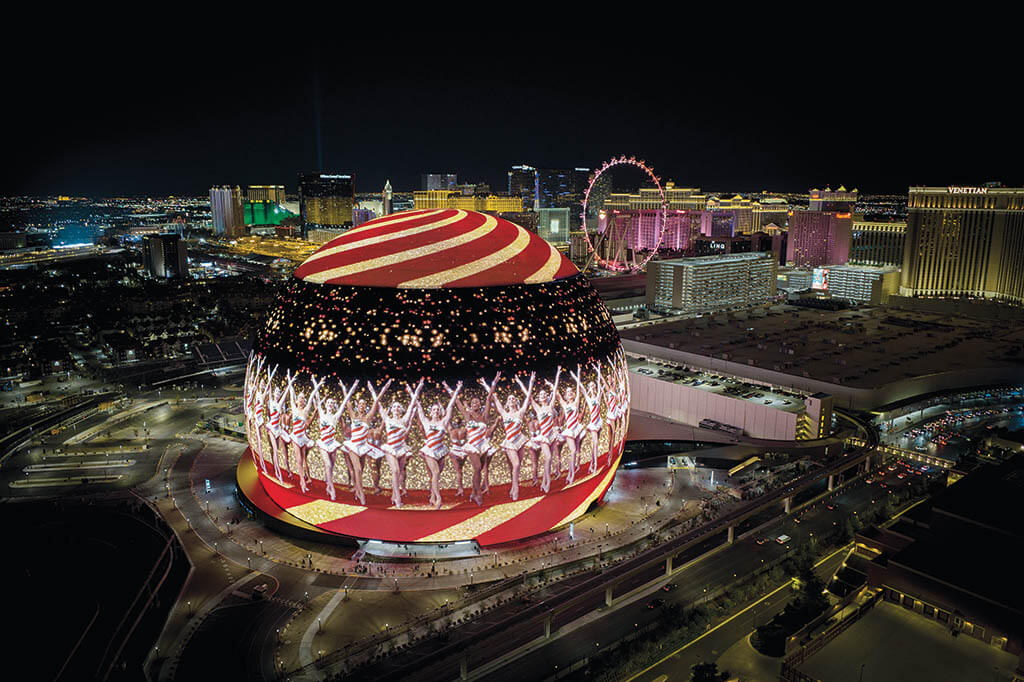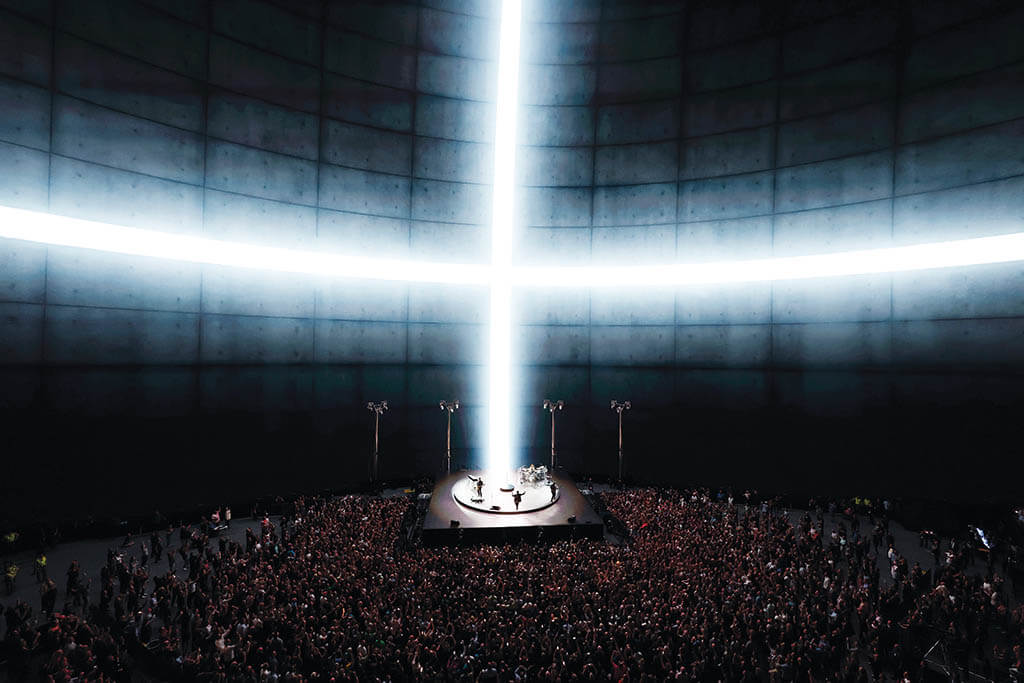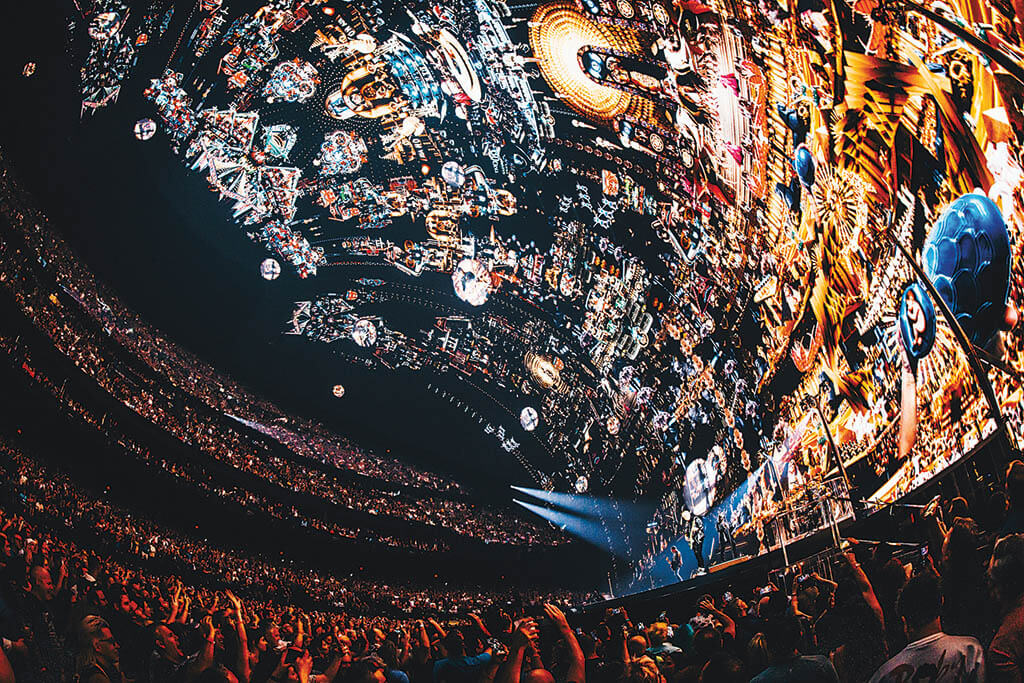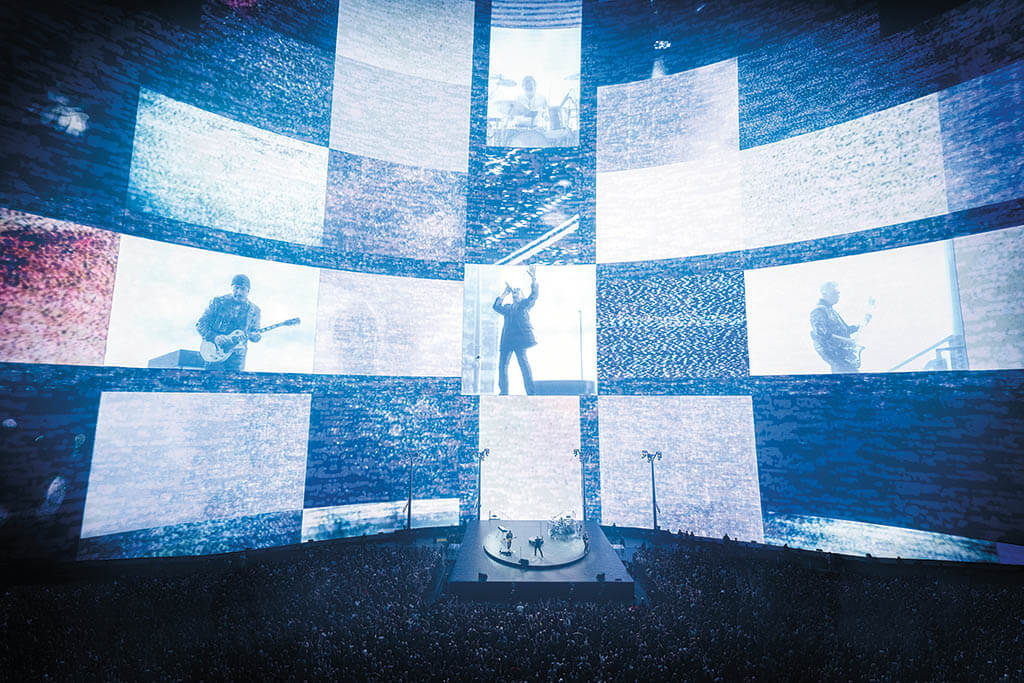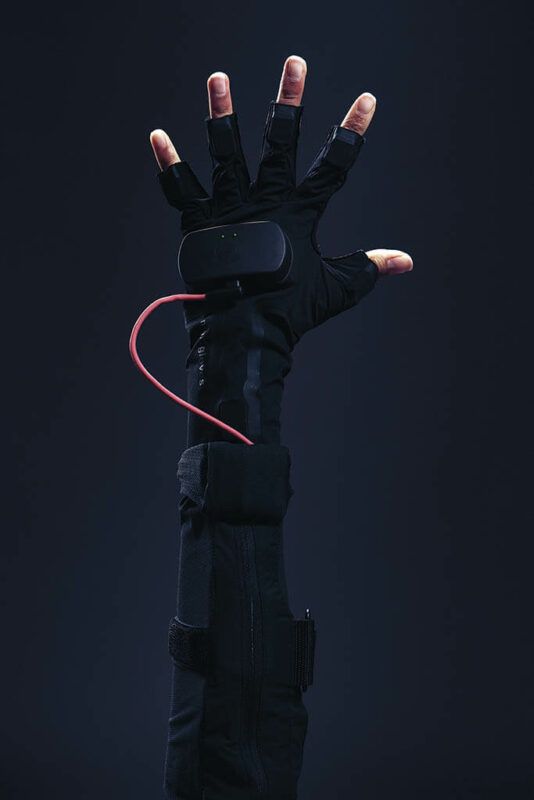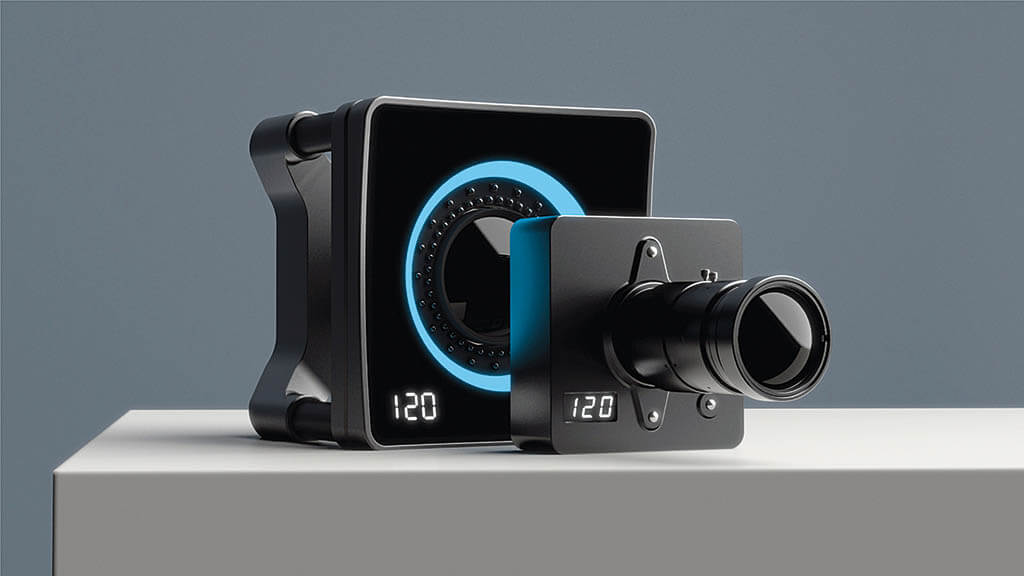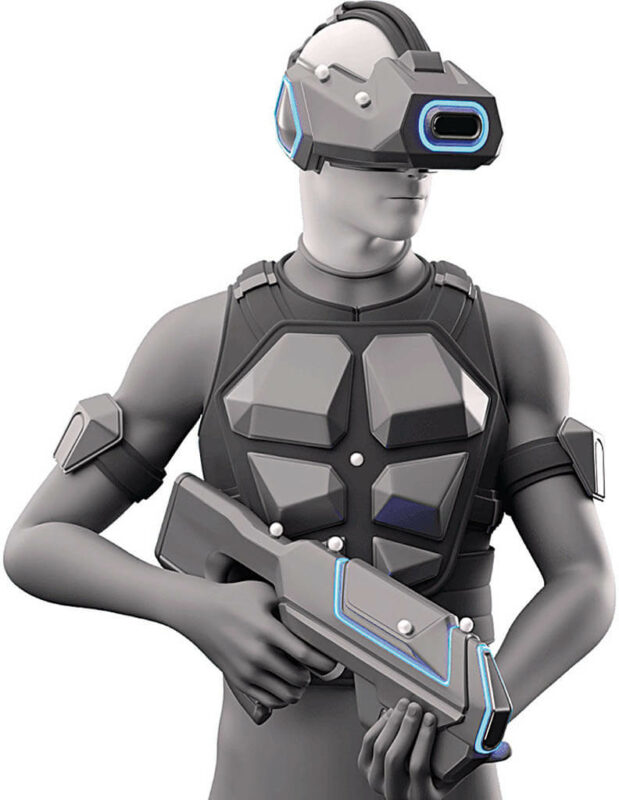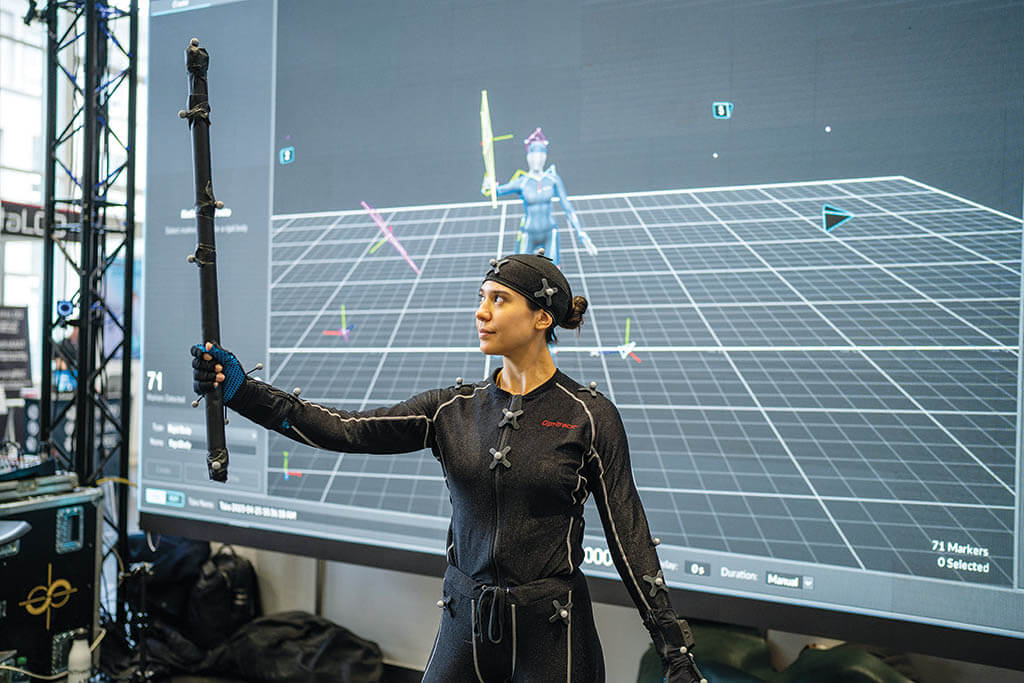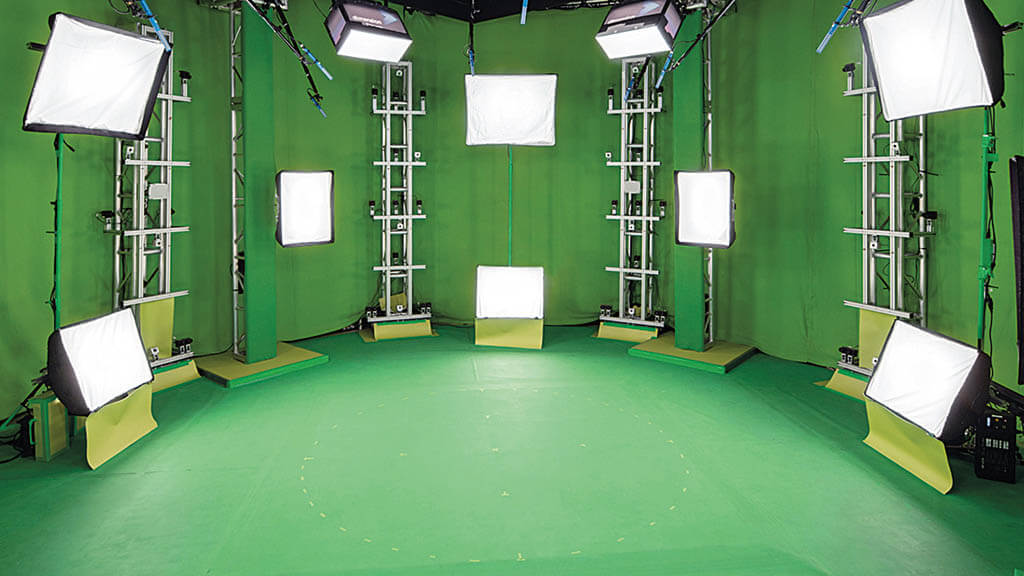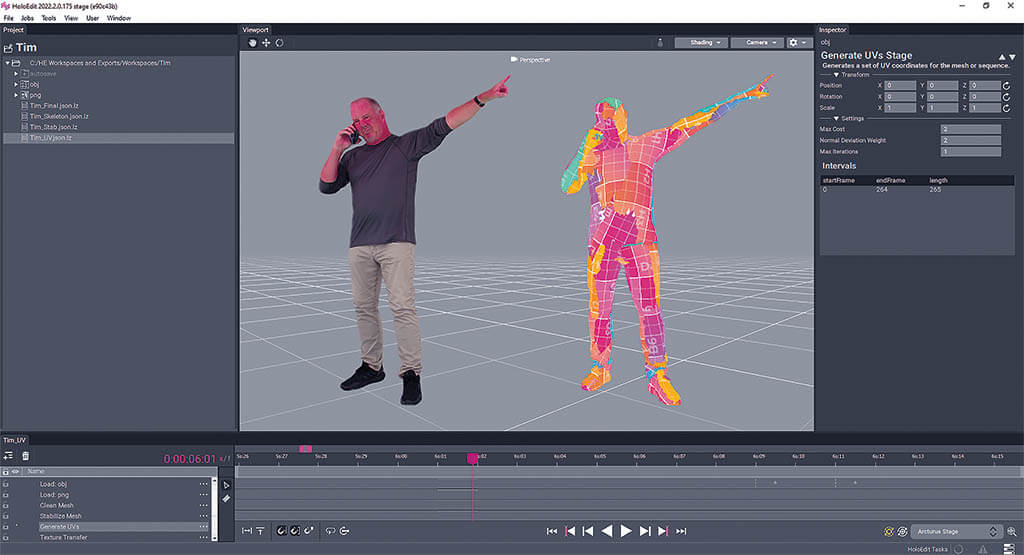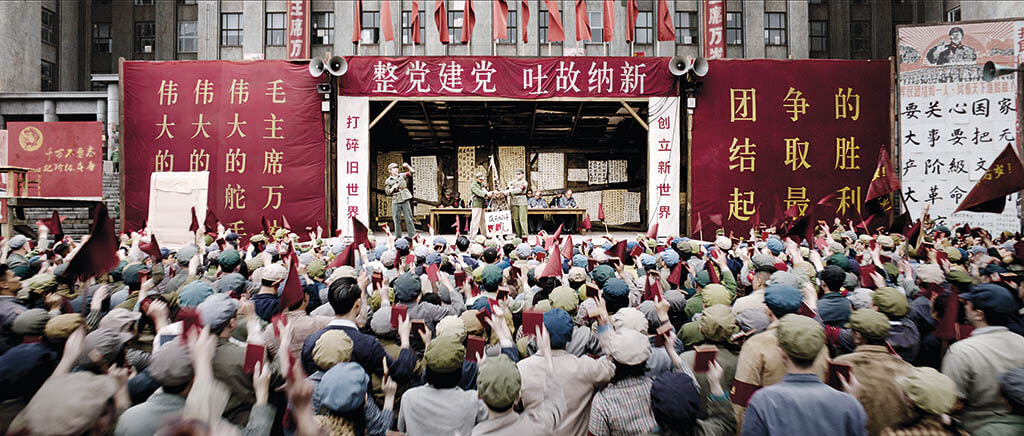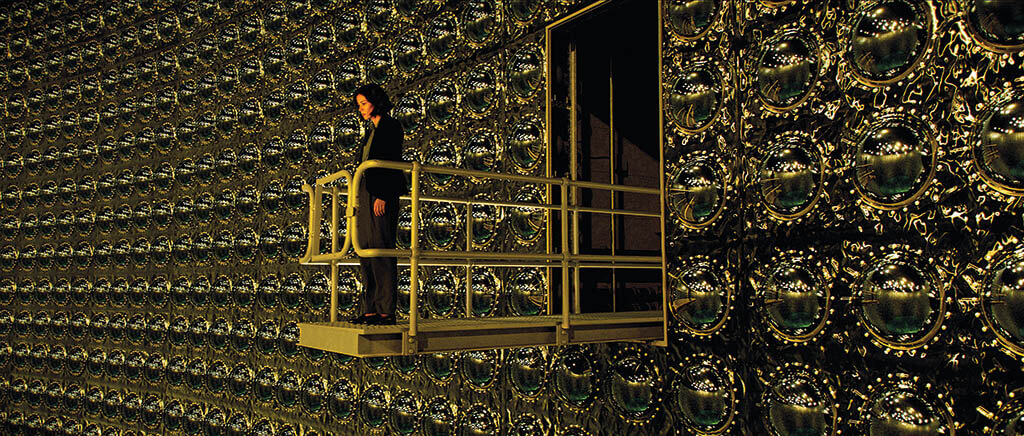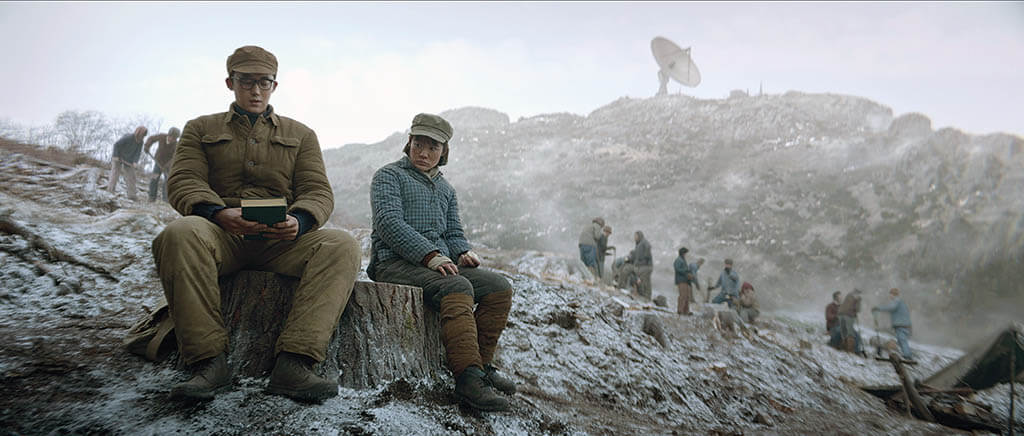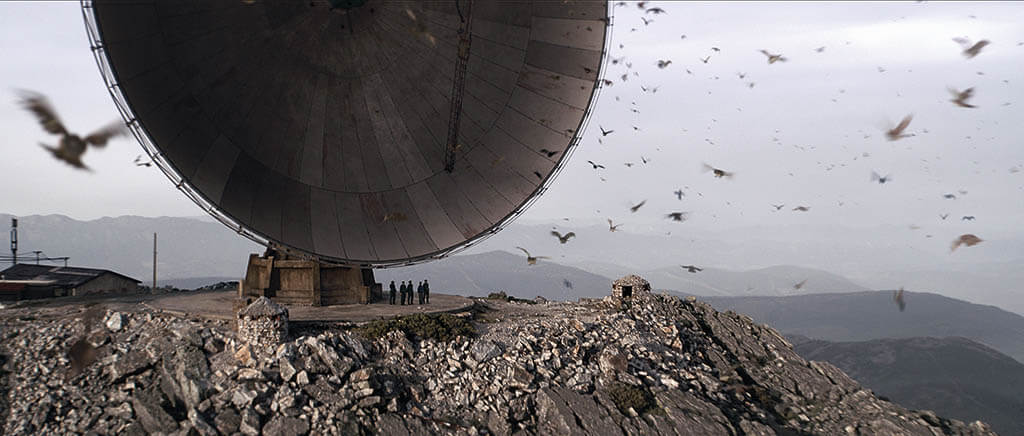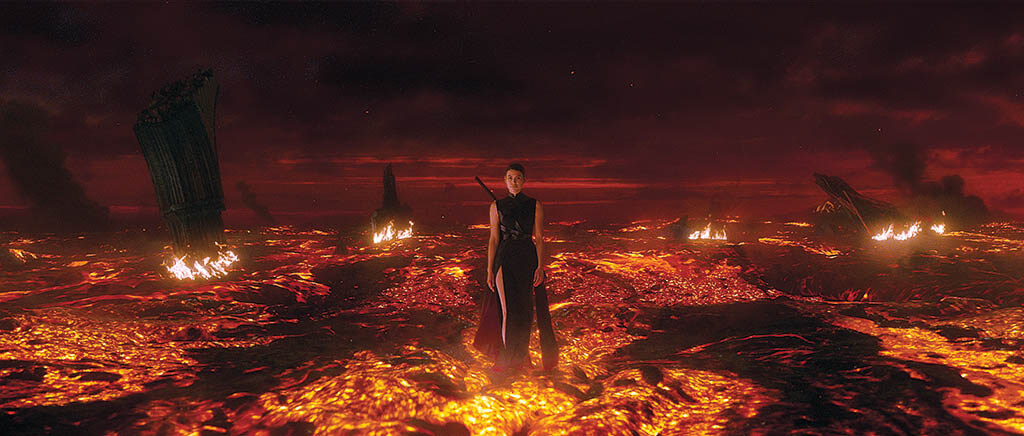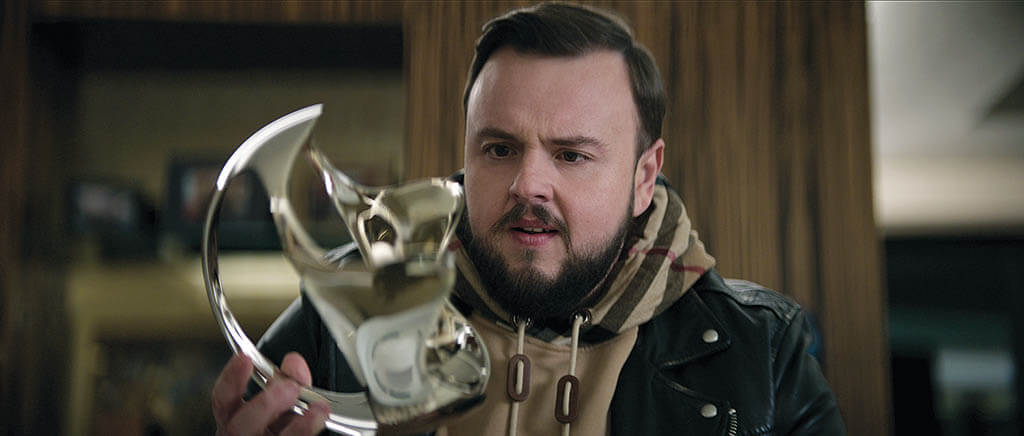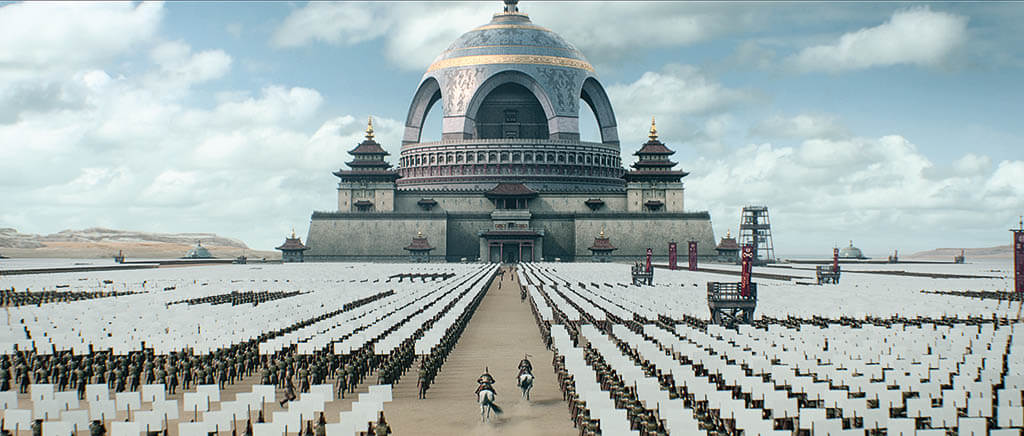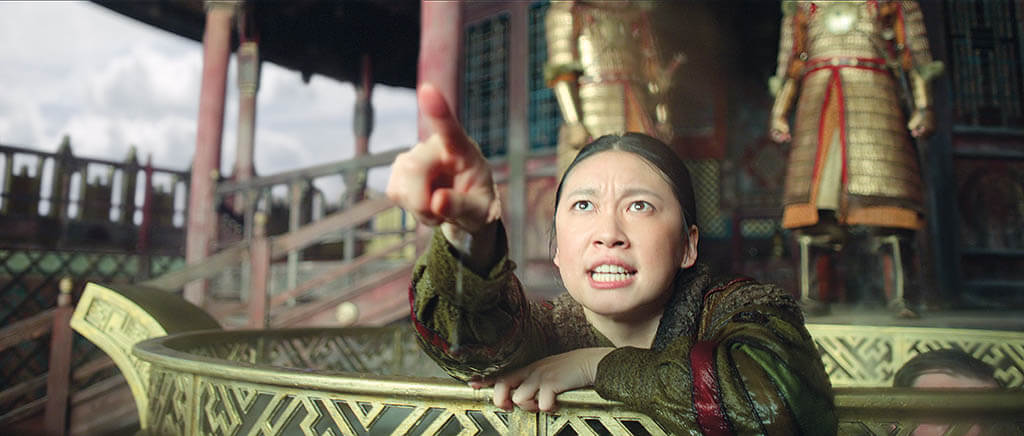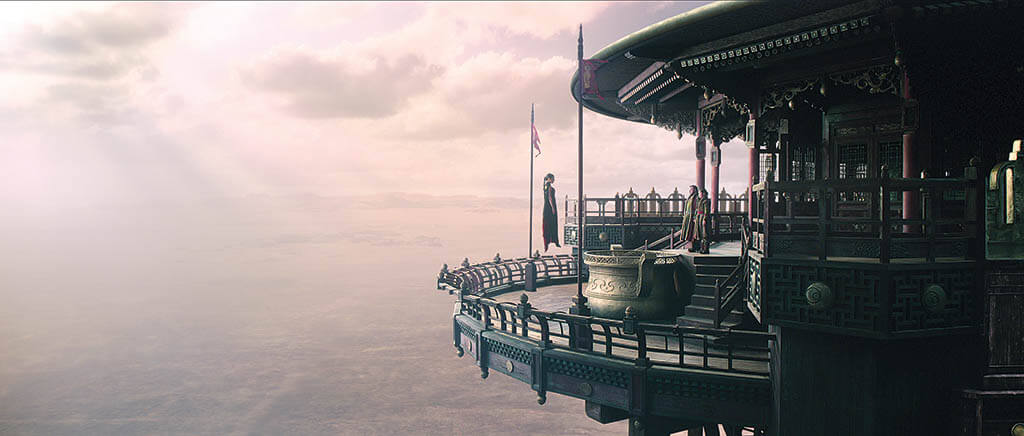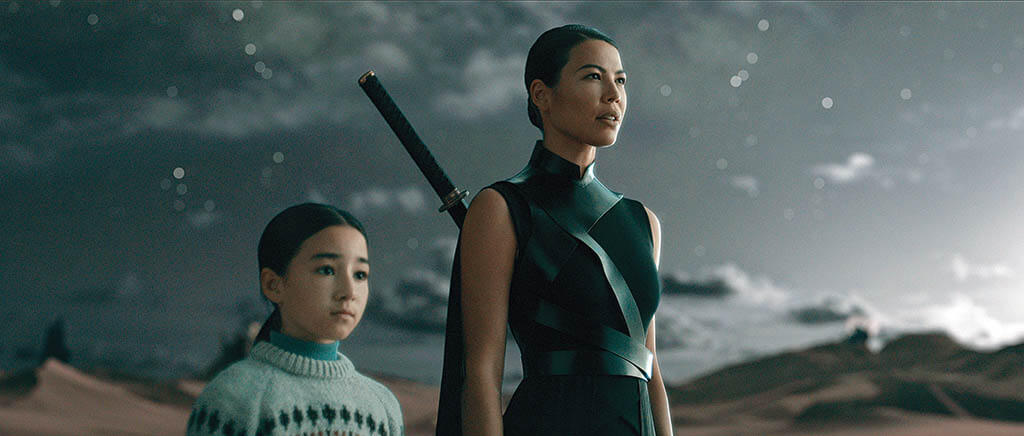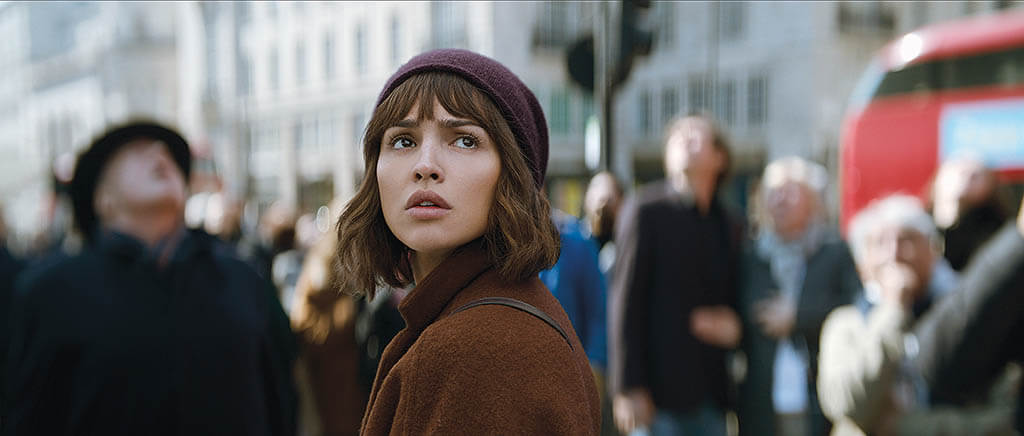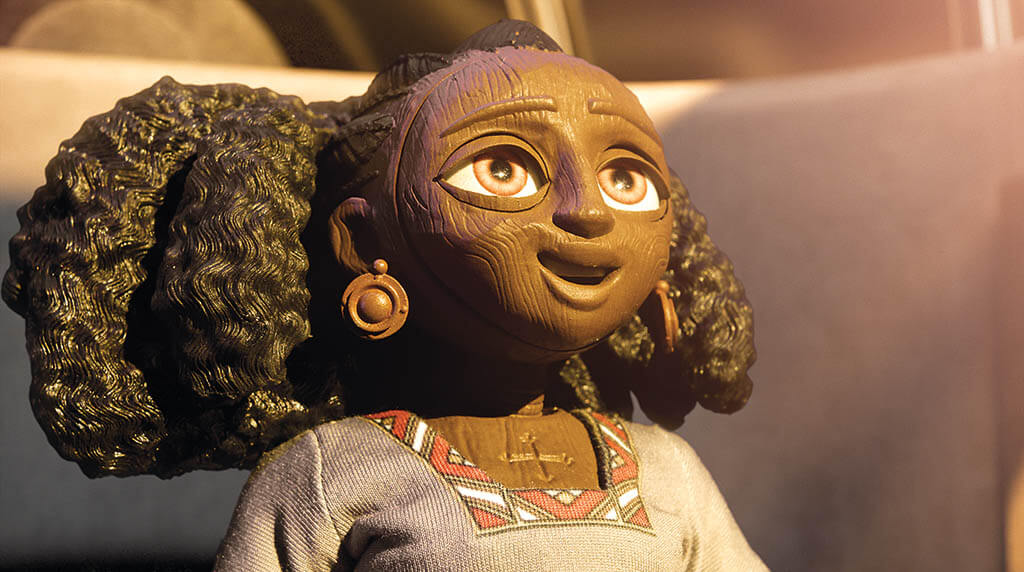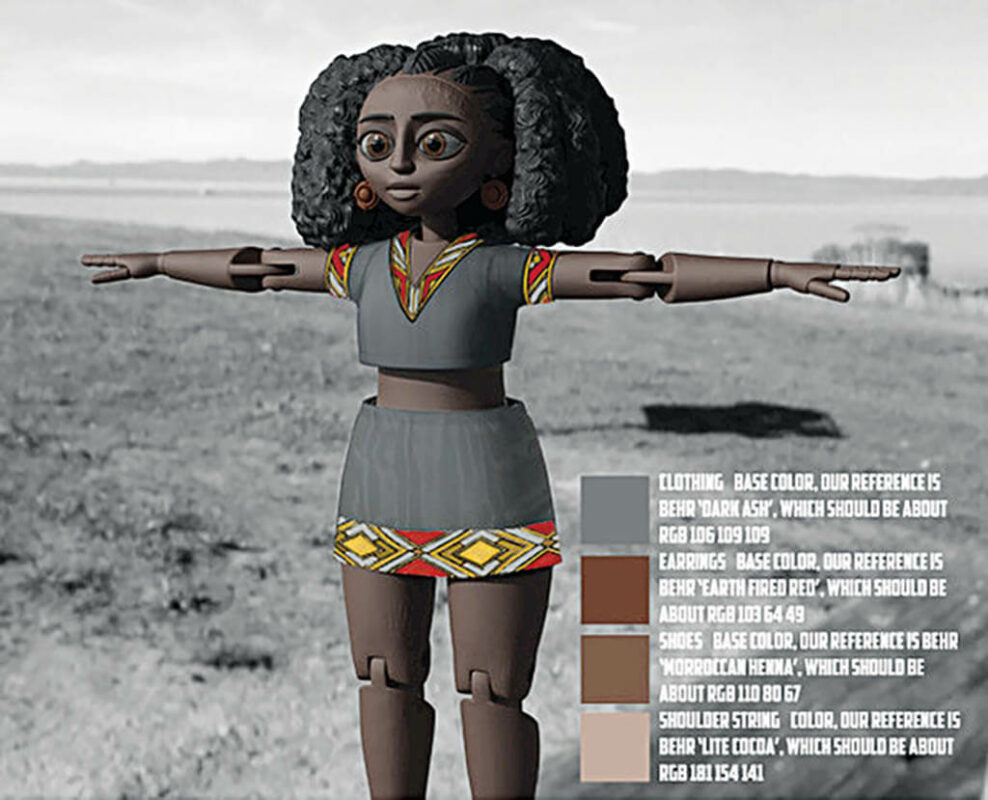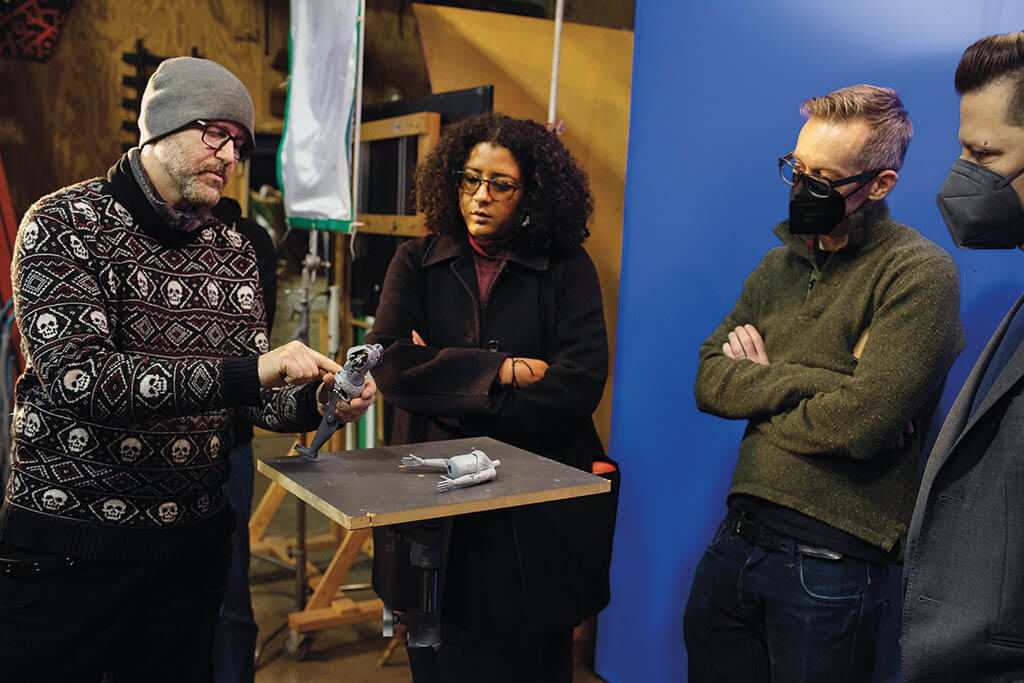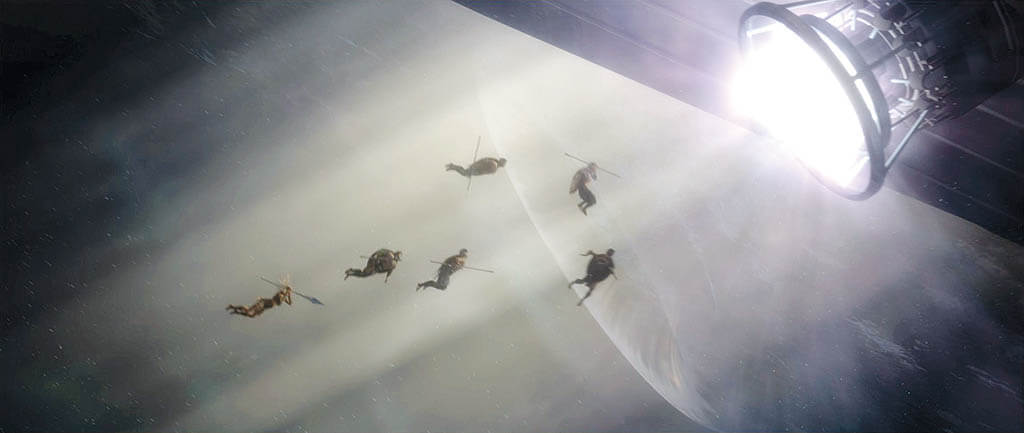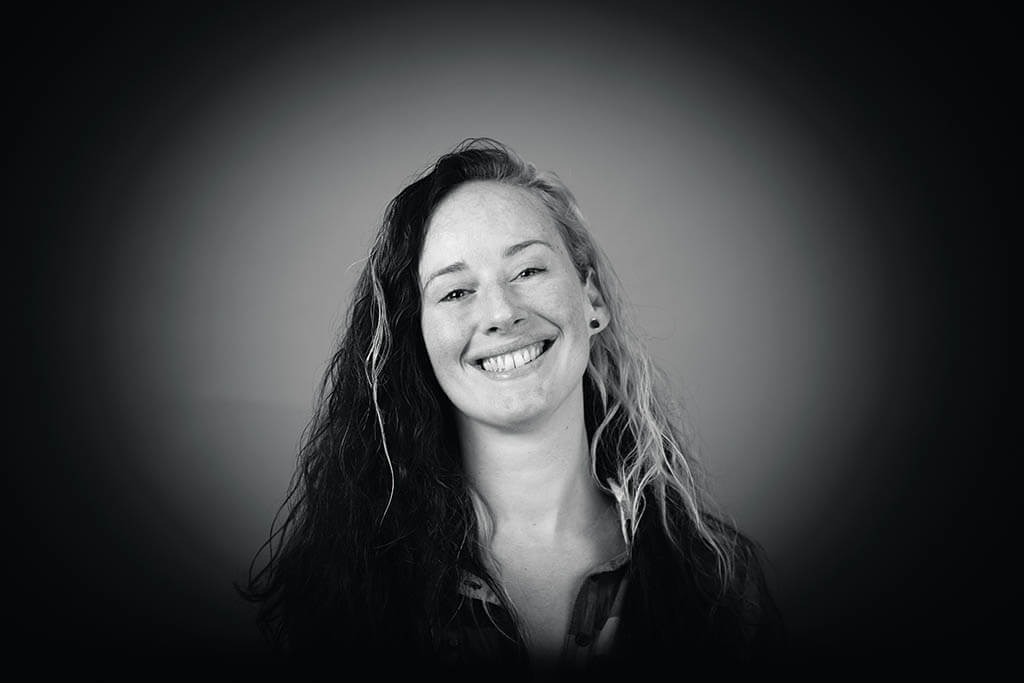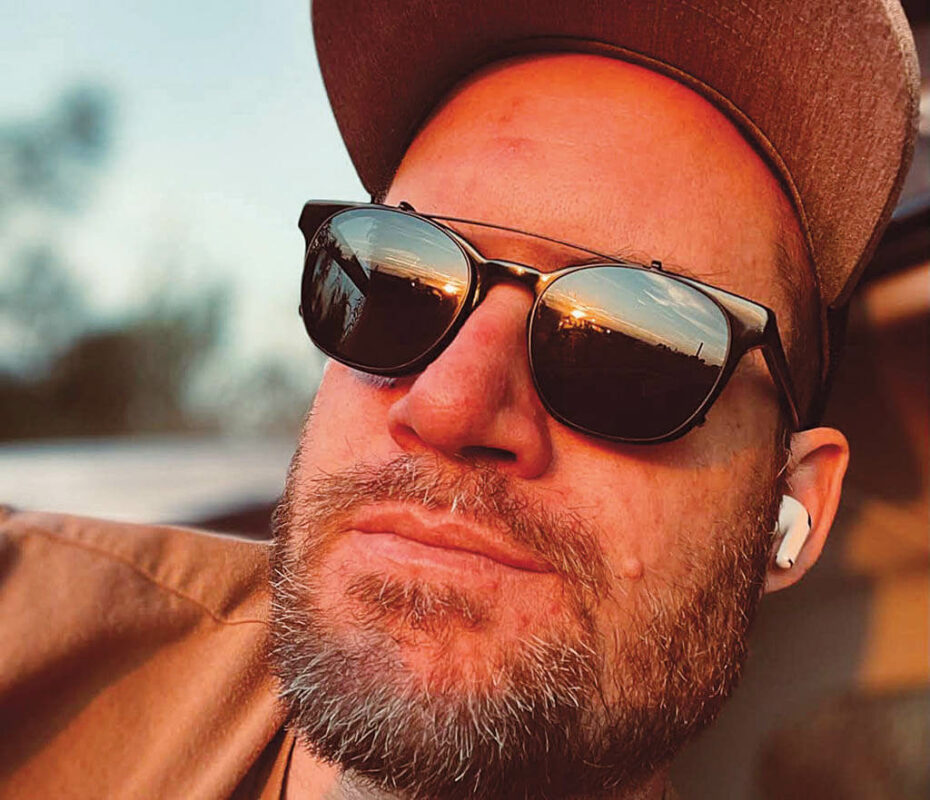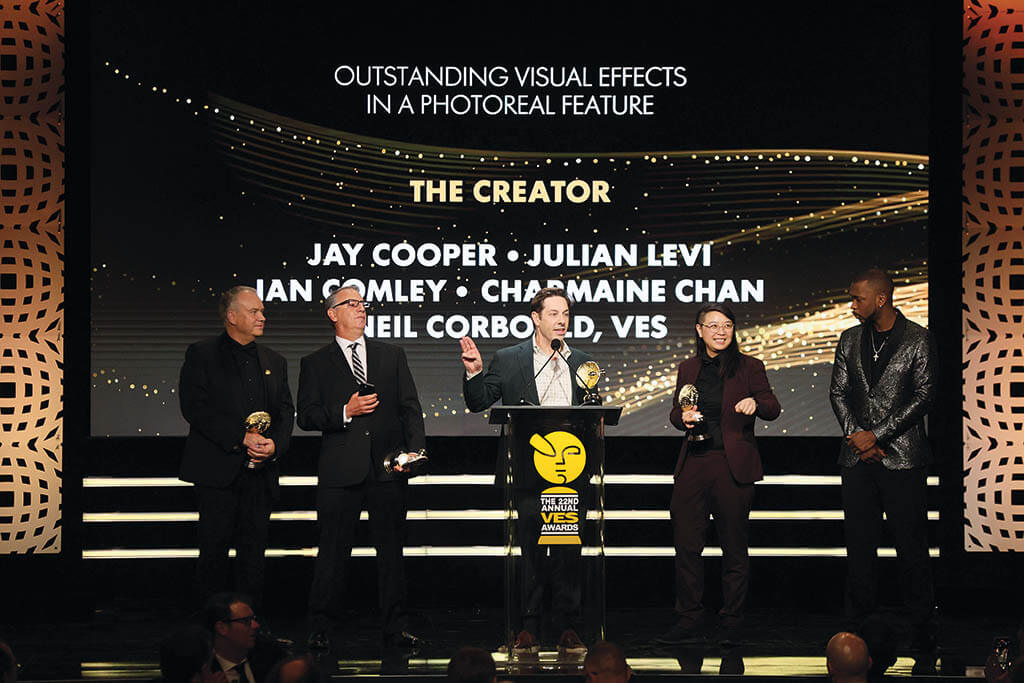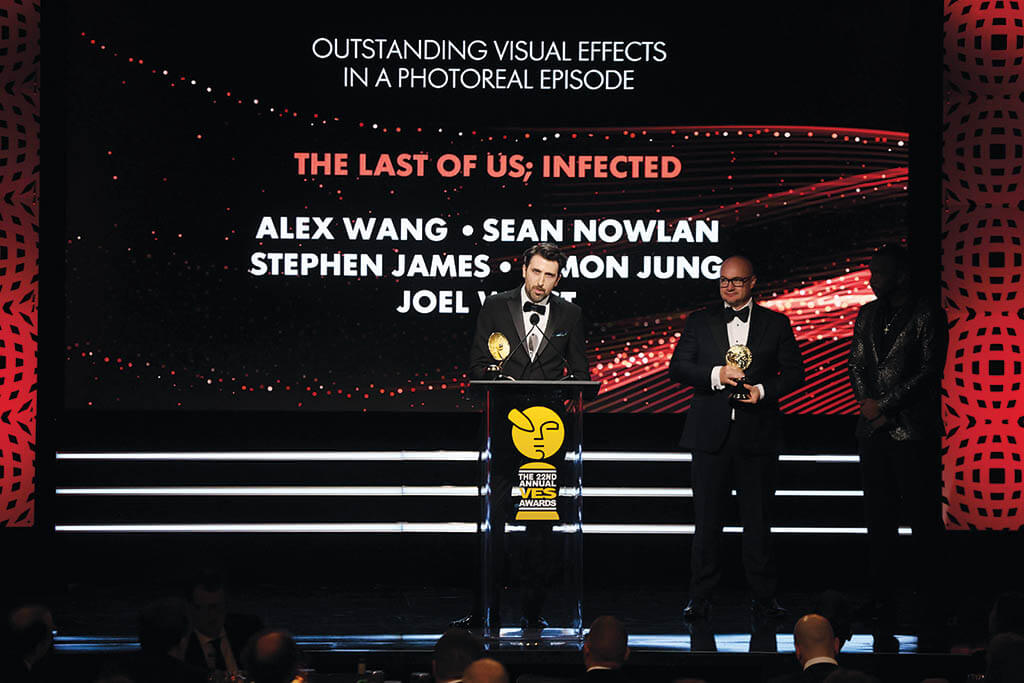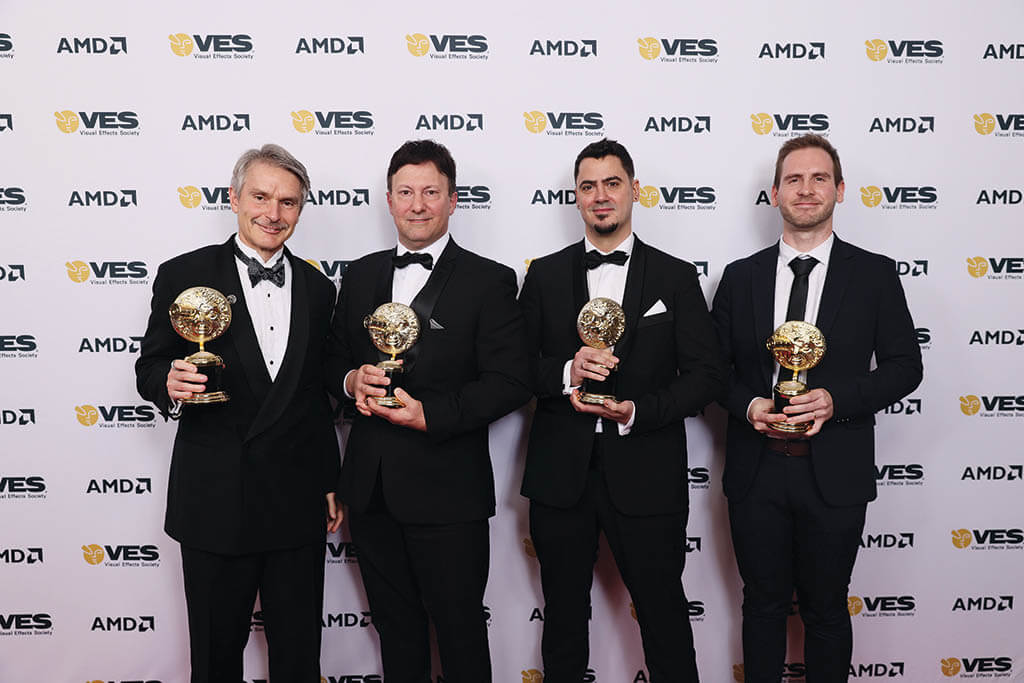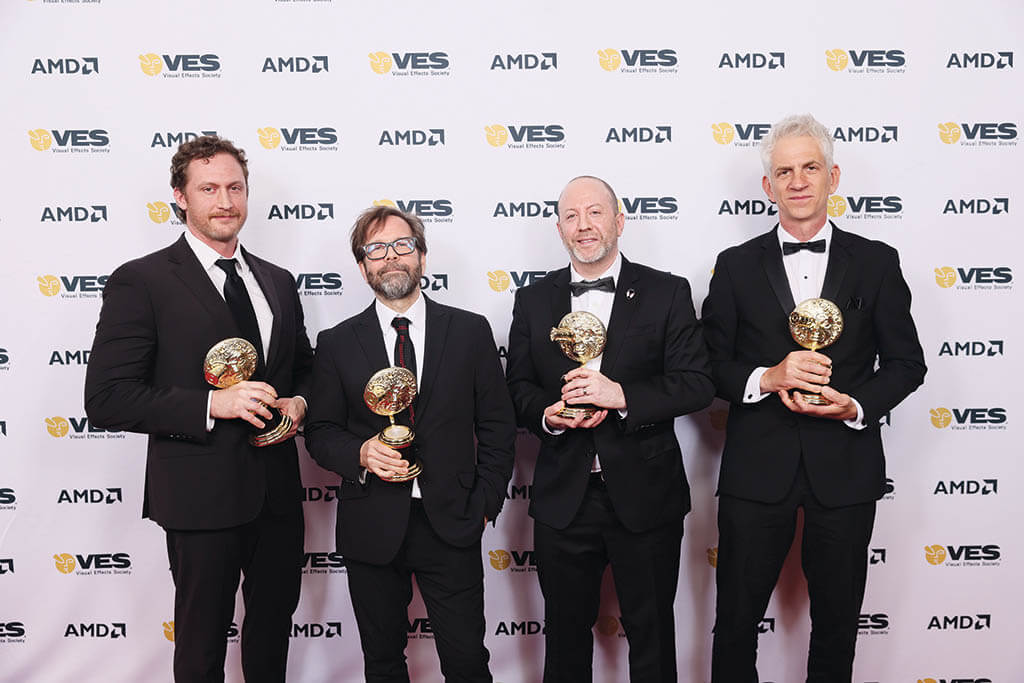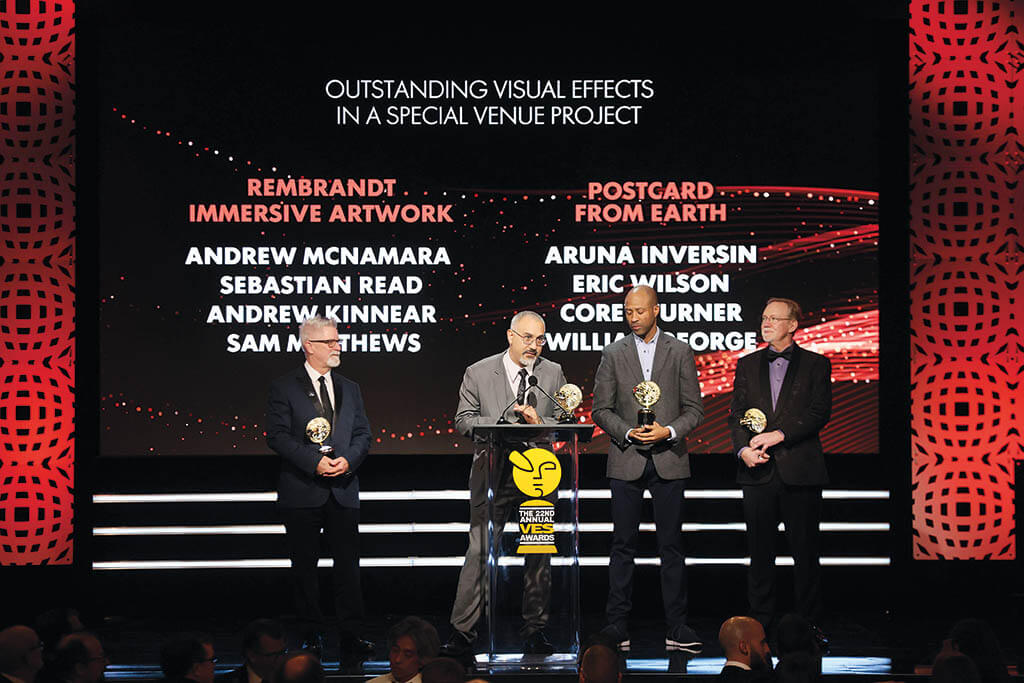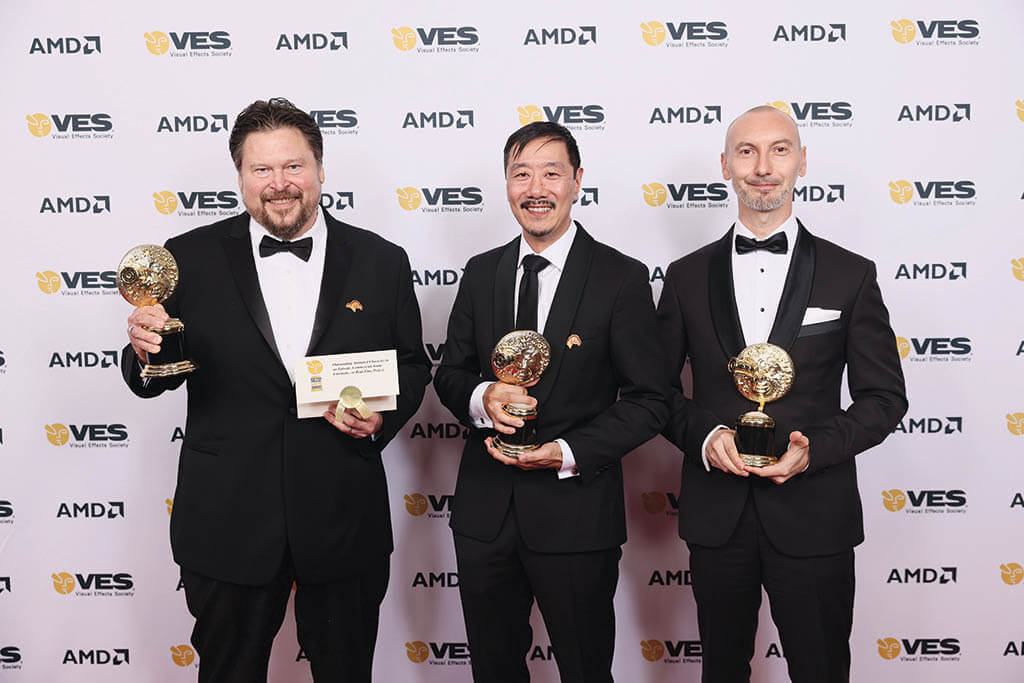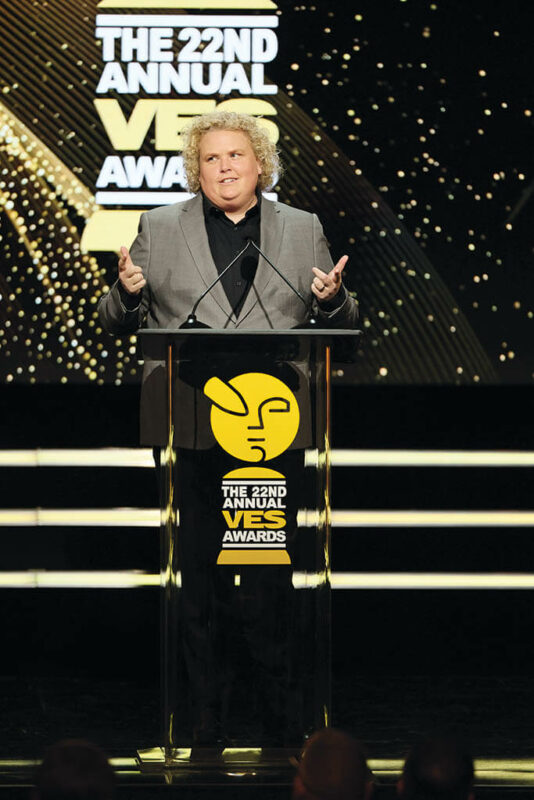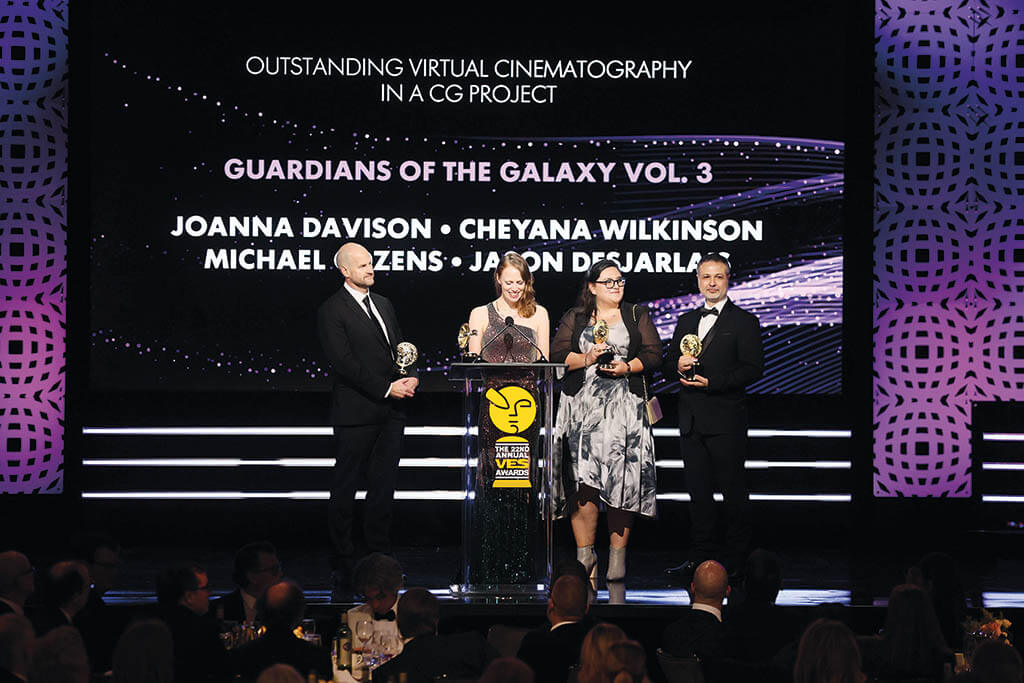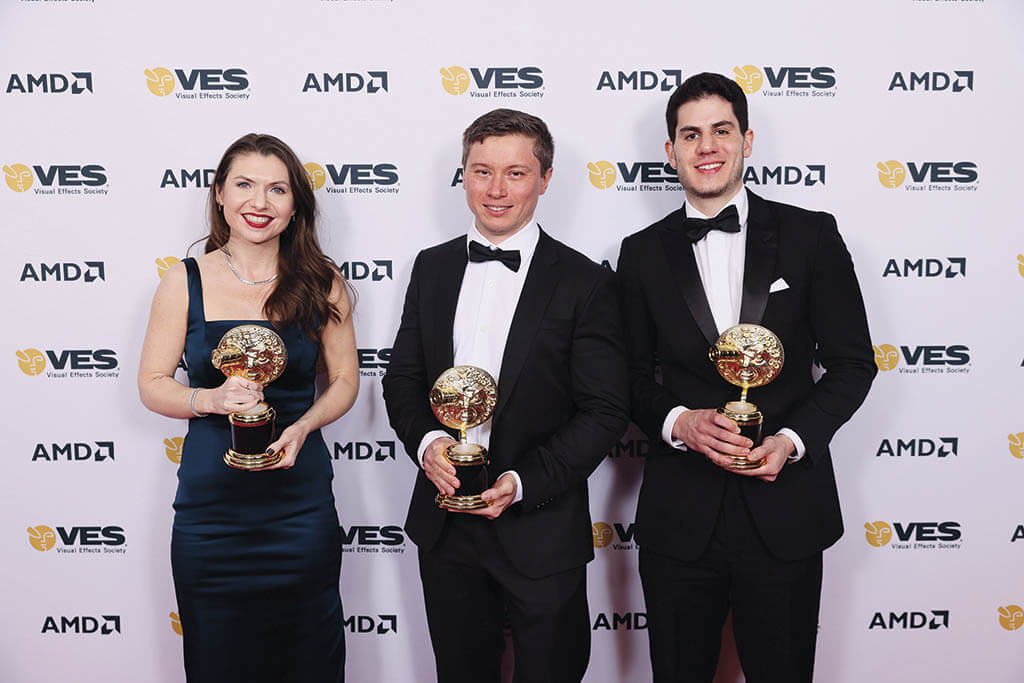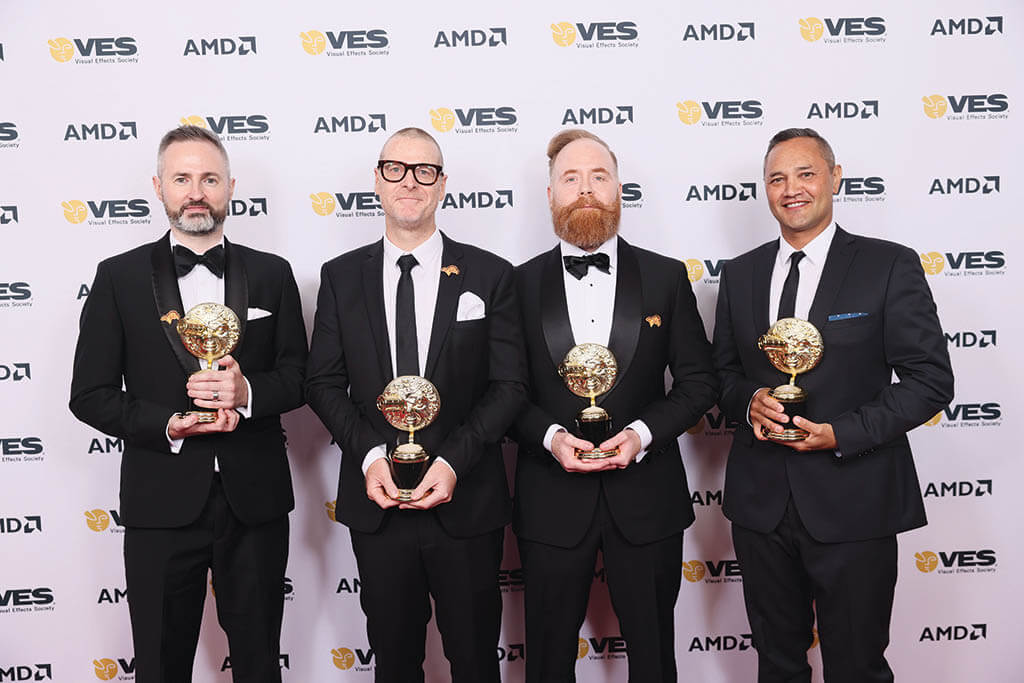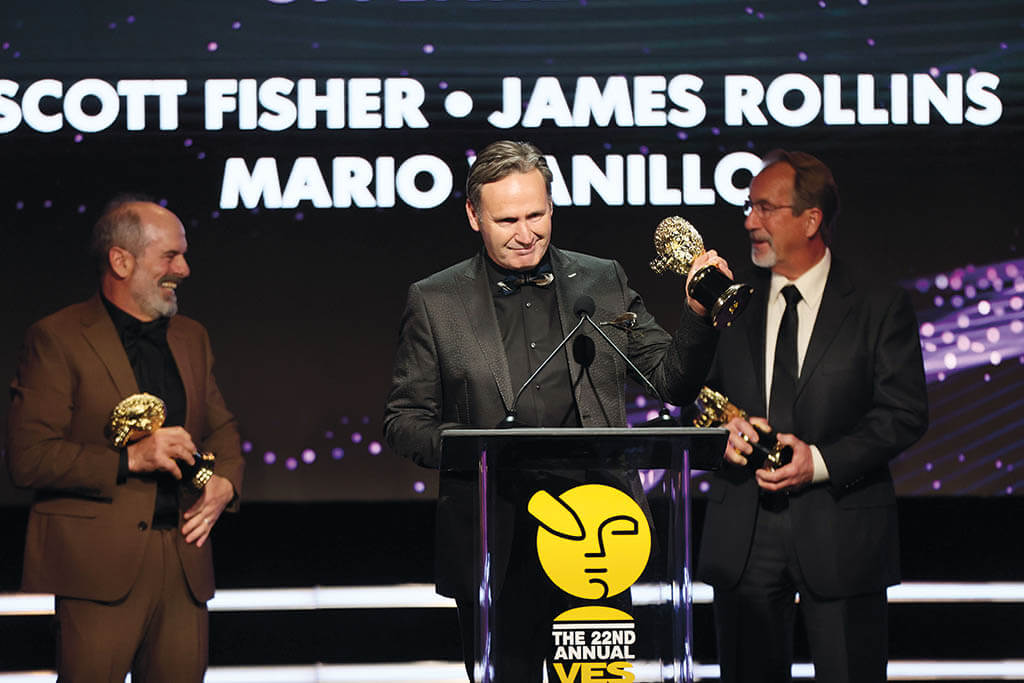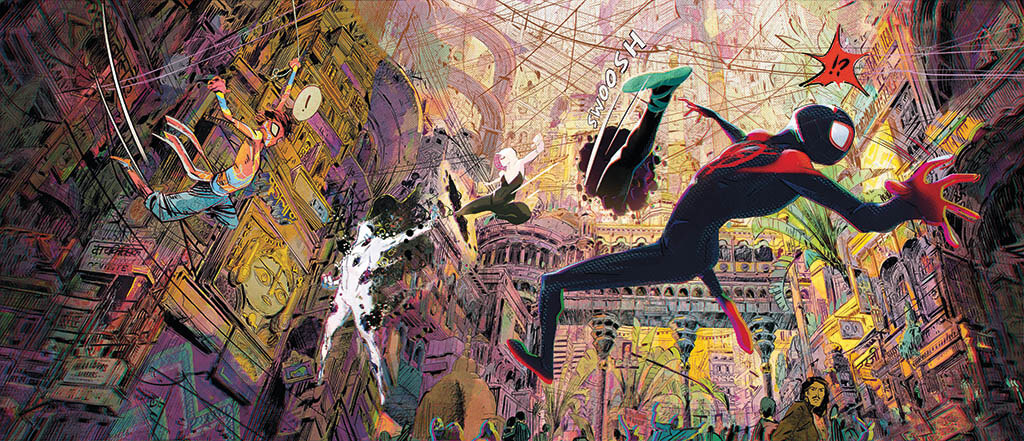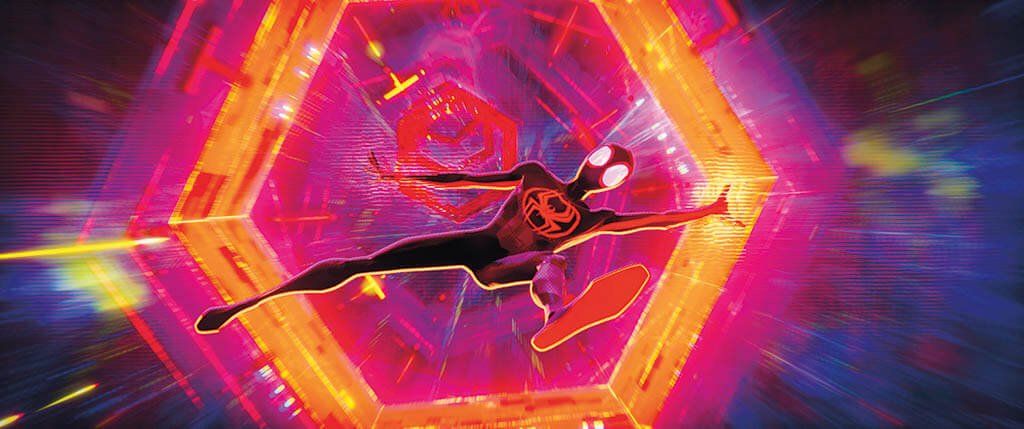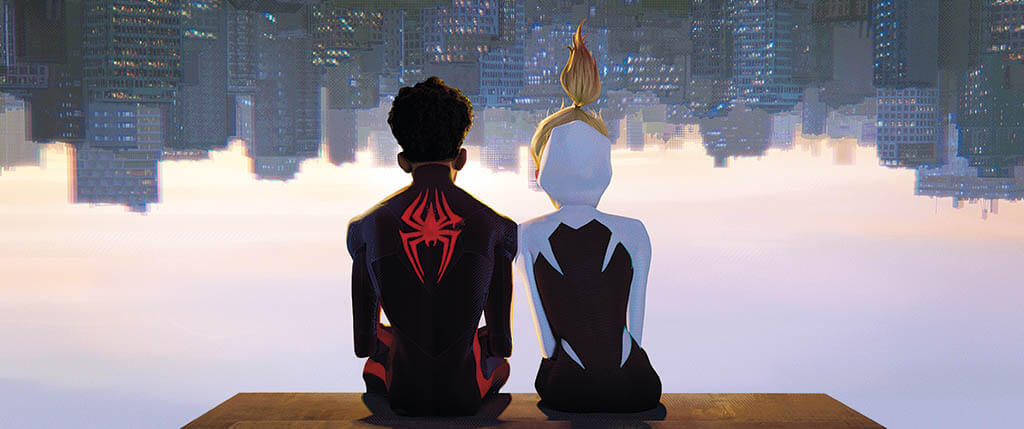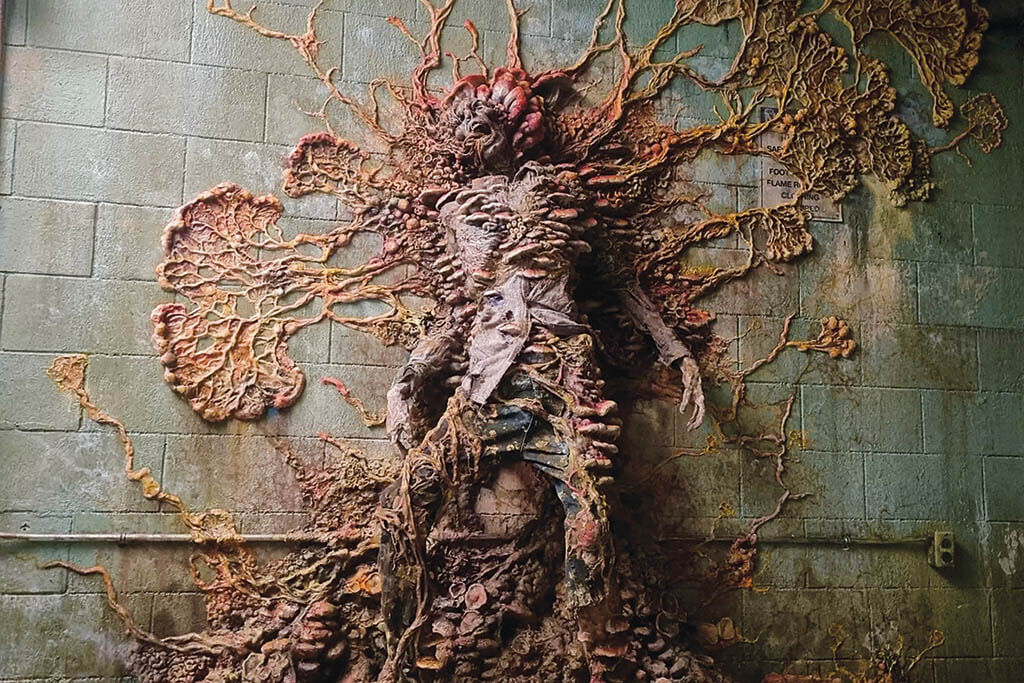VES Honorees represent a group of exceptional artists and innovators who have profoundly impacted the field of visual effects, helped shape our shared legacy, and continue to inspire future generations of VFX practitioners.
VES HONORS
Hall of Fame
This distinction is bestowed upon a select group of professionals and pioneers who have played a significant role in advancing the field of visual effects by invention, science, contribution or avocation of the art, science, technology and/or communications.
VES Hall of Fame inductees include both living legends and those being honored posthumously (noted with an *).
2023
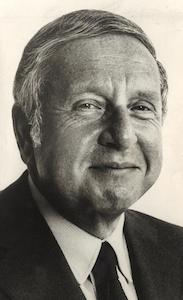
Samuel Z. Arkoff*
Arkoff was an American producer of more than 200 low-budget exploitation films. He was the co-founder of American Releasing Corporation, which later became known as American International Pictures (AIP). He is credited with starting several genres including beach party and outlaw biker movies, and his company played a substantial part in bringing the horror film genre to a novel level with successes such as Blacula, I Was a Teenage Werewolf and The Thing with Two Heads. AIP films starred many established actors in principal or cameo roles, including Boris Karloff and Vincent Price, as well as others who became household names, most notably Dennis Hopper and Jack Nicholson. Arkoff also gave fresh talent including Francis Ford Coppola, Martin Scorsese and Woody Allen the opportunity to direct some of their early feature films. He was featured alongside former collaborators including Roger Corman, Dick Miller and Peter Bogdanovich in the documentary SCHLOCK! The Secret History of American Movies, about the rise and fall of American exploitation cinema.
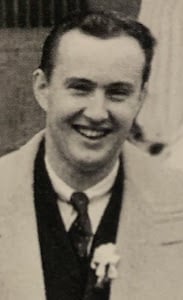
Lawrence W. Butler*
Butler was an American special effects artist, best known as the inventor of the bluescreening process. He won an Academy Award for Best Special Effects for his work on The Thief of Baghdad. Butler invented the blue screen and traveling matte technique in order to achieve the visual effects which were unprecedented in 1940. He was also the first special effects innovator to have created these effects in Technicolor, which was in its infancy at the time. His filmography includes special effects for The Caine Mutiny, Casablanca, 20 Million Miles to Earth and Oscar-nominated work on That Hamilton Woman, Jungle Book and A Thousand and One Nights. Butler also received a Scientific and Technical Award from the Academy for the concept of applying low inertia and stepping electric motors to film transport systems and optical printers for motion picture production.
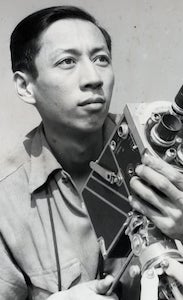
Wah Chang*
Chang was an American designer, sculptor, animator and artist. In 1939, Chang became the youngest member of Disney’s effects and model department, where he sculpted the maquette of Pinocchio and articulated deer models for Bambi that animators used as references. He is lauded for the props he designed for Star Trek: The Original Series, including tribbles, the tricorder and communicator, and for his spectacular creations including the headdress for Cleopatra, masks for the original Planet of the Apes, the dinosaurs in Land of the Lost and the time machine in the 1960 adaptation of H.G. Wells’ sci-fi favorite The Time Machine, for which he won an Academy Award for his visual effects work, but is not formally listed among the recipients of that award due to the way in which the credits were submitted to the Academy. Chang’s work as a stop-motion animator has been enjoyed for years in the cartoons Hardrock, Coco and Joe and Suzy Snowflake.
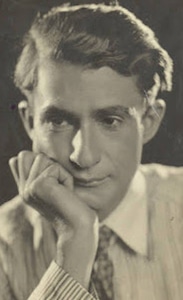
Norman Dawn, ASC*
Dawn was an early American film director and artist. Although cinematography was his chosen profession, he also functioned as producer, director, writer, designer, visual effects cameraman, matte painter, production illustrator and film editor. He was the first person to use the glass shot in a motion picture, now known as matte painting, and was the first director to use rear projection in film production. Dawn’s first film Missions of California made extensive use of the glass shot, in which certain parts of the intended image are painted on a piece of glass and placed in between the camera and the live action. Dawn combined his experience with the glass shot with the techniques of the matte shot. The low cost and high quality of Dawn’s matte shot made it the mainstay in special effects cinema throughout the century. His filmography includes A Tokyo Siren, Lure of the Yukon, and Orphans of the North.
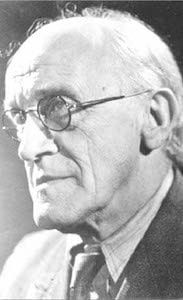
Walter Percy Day O.B.E.*
Day was a British painter best remembered for his work as a matte artist and special effects technician in the film industry. Day mastered the art of illusionist techniques, which enabled directors to enlarge their repertoire and tackle subjects which might otherwise have been too costly to produce. In 1922, he introduced the use of the glass shot into French cinema, which was used for the first time in Henry Roussel’s Les Opprimés, released in 1923, and hailed by critics as a revolution in cinematography. In addition to designing special effects, Day created trick photography for many British classics released during the forties, including The Life and Death of Colonel Blimp, A Matter of Life and Death, Black Narcissus, The Third Man and Laurence Olivier’s production of Henry V. He painted mattes and created trick shots for numerous films by Alexander Korda and later joined the Korda group as Director of Special Effects at Shepperton Studios where he remained until his retirement. In 1948, Day was awarded the Order of the British Empire for his services to British cinema.
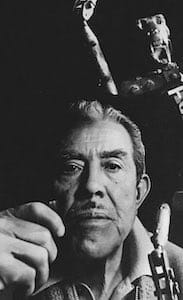
Marcel Delgado*
Delgado was a Mexican-American sculptor and model-maker, whose technique revolutionized stop-motion animation. Prior to Delgado, stop motion models were typically made from clay, which was difficult to adjust between shots. He built a skeleton for his models, made from Dural and then filled in with foam rubber or cotton cloth and covered with latex to serve as skin, giving his models a more natural and realistic look, while simultaneously making it easier to handle them. Delgado and Willis O’Brien worked together for many years and became one of the most respected special effects teams in Hollywood, inspiring great technicians and producers such as Ray Harryhausen. Their most famous and groundbreaking collaboration was the original King Kong, who Delgado brought to life by sculpting one of the most iconic characters in cinematic history. After King Kong, Delgado continued to break new ground as a special effects master working on films like The Wizard of Oz, Mighty Joe Young, The War of the Worlds, 20,000 Leagues Under the Sea and Mary Poppins.
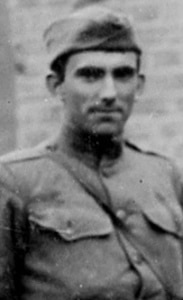
Farciot Edouart, ASC*
Edouart was an American motion picture special effects artist and innovator of French descent, a recognized specialist and innovator in process photography, also known as rear projection. At the onset of World War I, Edouart enlisted in the Camouflage Division of the Corps of Engineers, and patented a technique for detecting camouflage through photographic means, and then worked as a war photographer for the American Red Cross in Europe. In addition to being adept at making back-projection look realistic and exotic locales appear authentic, Edouart also perfected the glass shot, which cleverly melded small models with full-sized sets. In a career that began in 1915 and spanned work on approximately 350 films, Edouart won a total of 10 Academy Awards: two competitive for I Wanted Wings and Reap the Wild Wind; seven technical and scientific awards; and an honorary award for Best Visual Effects for outstanding achievement in creating special photographic and sound effects for Spawn of the North.
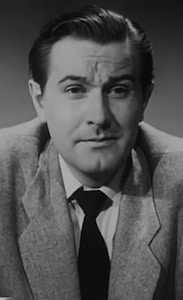
Edward D. Wood Jr.*
Wood was an American filmmaker, actor, and pulp novel author. In the 1950s, Wood directed several low-budget science fiction, crime and horror films that later became cult classics, notably Glen or Glenda, Jail Bait, Bride of the Monster and Night of the Ghouls, several of which were collaborations with his personal movie idol, Bela Lugosi. Notable for their campy and low-brow aesthetics, unmatched stock footage, eccentric casts and idiosyncratic stories, Wood’s films remained largely obscure until he gained posthumous notoriety as the creator of “the worst film ever made” Z-movie classic Plan 9 from Outer Space, renewing public interest in his life and work. Following the publication of Rudolph Grey’s 1992 oral biography Nightmare of Ecstasy: The Life and Art of Edward D. Wood Jr., the biopic Ed Wood was directed by Tim Burton. The cinematic homage, starring Johnny Depp as Wood, received critical acclaim and two Academy Awards, and cemented Wood’s unique legacy as a cult-icon.
2022
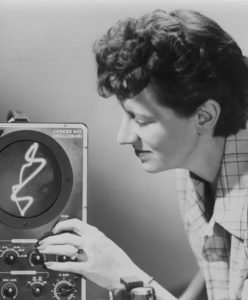
Mary Ellen Bute*
Bute was a pioneer American film animator, producer and director. She was one of the first female experimental filmmakers and was the creator of some of the first electronically generated film images. Her specialty was visual music. While working in New York City between 1934 and 1958, Bute made 14 short abstract musical films exploring the relationship of sound and image in cinema, and a second body of work focused on the relation of language and cinema through the adaptation of literary sources. Many of these were viewed in movie theaters, such as radio City Music Hall, usually preceding a prestigious film, and several of her abstract films were part of her Seeing Sound series.

Alice Guy-Blaché*
Guy-Blaché was a French pioneer filmmaker. She was one of the first filmmakers to make a narrative fiction film and the first woman to direct a film. She experimented with Gaumont’s Chronophone sync-sound system, and with color-tinting, interracial casting and special effects. As artistic director and a co-founder of Solax Studios in New York in 1912, she made the film A Fool and His Money – probably the first to have an all African-American cast. The film is now preserved at the National Center for Film and Video Preservation at the American Film Institute for its historical and aesthetic significance. Guy-Blaché was awarded the Légion d’honneur, the highest non-military award France offers, and honored in a Cinémathèque Française ceremony.
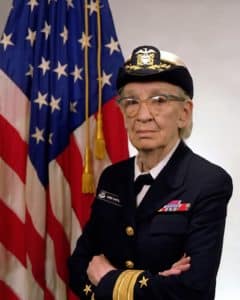
Grace Hopper*
Hopper, known as “Grandma COBOL,” was an American computer scientist and United States Navy Rear Admiral. One of the first programmers of the Harvard Mark I computer, she was a pioneer of computer programming who invented one of the first linkers. Hopper was the first to devise the theory of machine-independent programming languages, and the FLOW-MATIC programming language she created using this theory was later extended to create COBOL, an early high-level programming language still in use today. The U.S. Navy Arleigh Burke-class guided-missile destroyer USS Hopper was named for her, as was the Cray XE6 “Hopper” supercomputer at NERSC. In 2016, Hopper was posthumously awarded the Presidential Medal of Freedom by President Barack Obama.
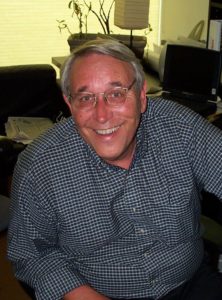
Bill Kovacs*
Kovacs was a pioneer of commercial computer animation technology. As Vice President of R&D at Robert Abel and Associates, he co-developed the company’s animation software. Kovacs used this software, along with others, in the film Tron. He later co-founded Wavefront Technologies as Chief Technology Officer, leading the development of products such as The Advanced Visualizer as well as animated productions. Along with Richard Childers and Chris Baker, he was a key organizer of the Infinite Illusions exhibit at the Smithsonian Institute. Following his retirement from Wavefront, Kovacs co-founded Instant Effects and worked as a consultant for Electronic Arts and RezN8, serving as RezN8’s CTO from 2000 until his death. He received a Scientific and Engineering Academy Award from the Academy of Motion Picture Arts and Sciences and two Clio Awards for his work on animated TV commercials.
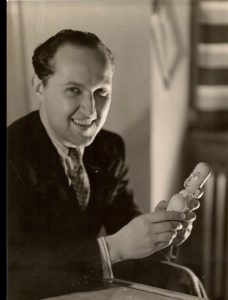
George Pal*
Pal was a Hungarian-American animator, film director and producer, principally associated with the fantasy and science-fiction genres. He became an American citizen after emigrating from Europe. He was nominated for Academy Awards (in the category Best Short Subjects, Cartoon) for seven consecutive years (1942–1948) and received an honorary award in 1944. As an animator, he made the Puppetoons series in the 1940s, which led to him being awarded the honorary Oscar for “the development of novel methods and techniques in the production of short subjects” known as Puppetoons.” Pal then switched to live-action filmmaking with The Great Rupert. He is best remembered as the producer of several science-fiction and fantasy films in the 1950s and 1960s, four of which were collaborations with director Byron Haskin, including The War of the Worlds. He himself directed Tom Thumb, The Time Machine and The Wonderful World of the Brothers Grimm.
2021
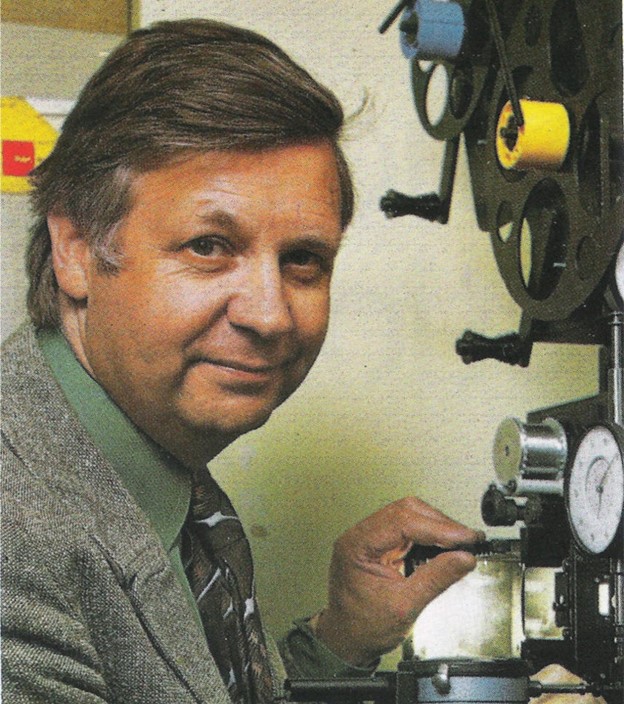
Roy Field*
Field was a visual effects supervisor and director of photography, highly regarded as a special effects legend. He is best known for his work on Labyrinth, The Dark Crystal and Superman, which earned him an Academy Special Achievement Award and BAFTA for Visual Effects for the team’s stunning use of practical, miniature and optical effects.
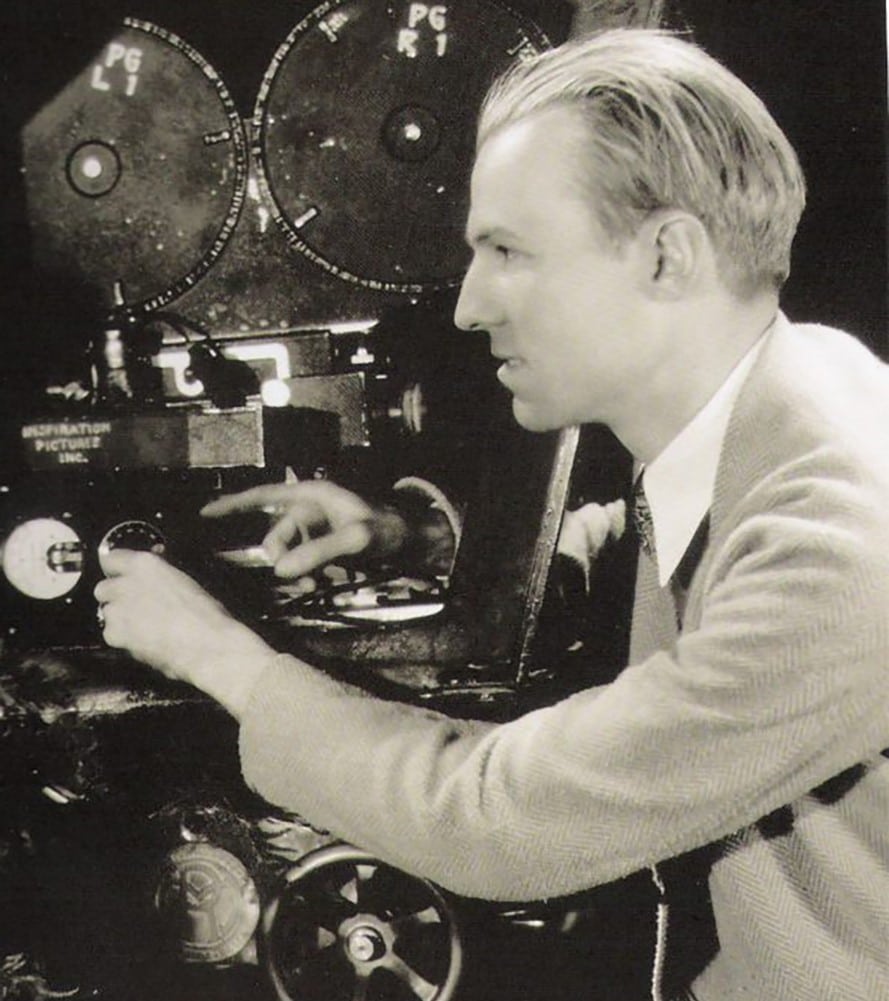
John P. Fulton, A.S.C.*
Fulton was an American special effects supervisor and cinematographer and created some of the most astounding visual effects of his era. His body of work includes some 250 films spanning nearly four decades, and earned Fulton three Academy Awards for Special Effects for his work on the fantasy Wonder Man, The Bridges at Toko-Ri and The Ten Commandments, in which he parted the Red Sea, among other impressive photographic effects.
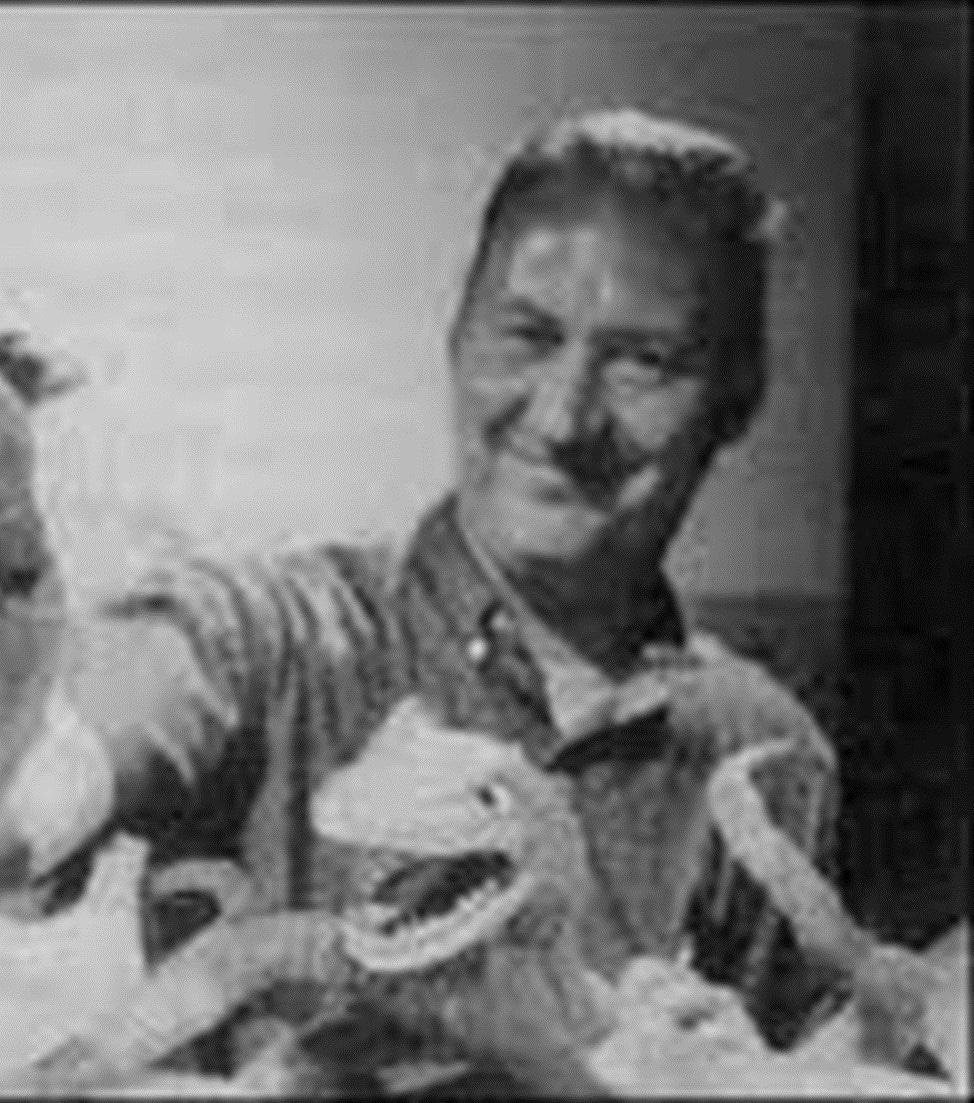
Phil Kellison*
Kellison was a visual effects supervisor and designer long before that position was acknowledged in movie credits. He had an almost 40-year career that ranged from the George Pal Puppetoons to industrial films, commercials, and feature films. His specialties include stop-motion animation forced perspective, which he dubbed “Magnascope” to market the technique to the commercial TV business.
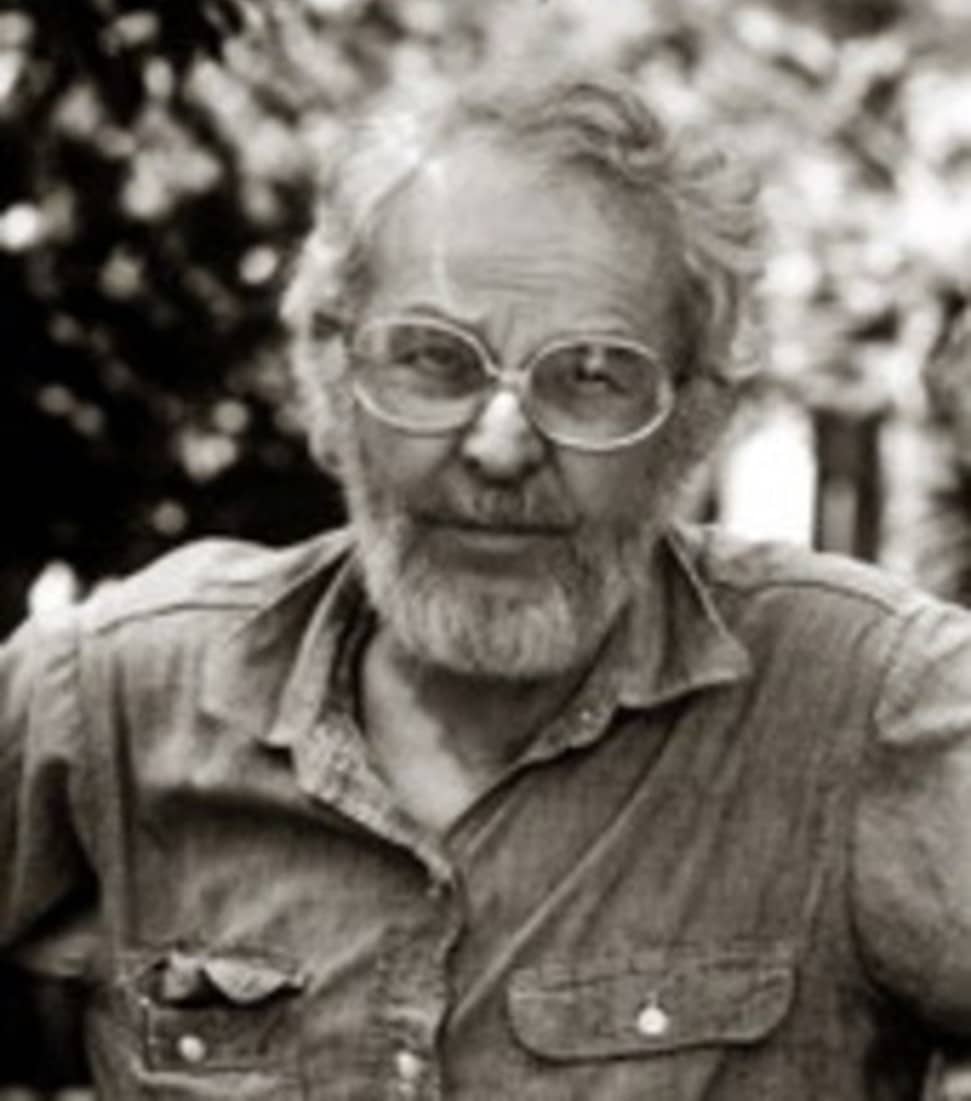
John Whitney, Sr.*
Whitney was an American animator, composer and inventor, widely considered to be one of the fathers of computer animation. He used mechanical animation techniques to create sequences for motion picture and television title sequences and commercials; the most famous was his collaboration with Saul Bass on the title sequence for Alfred Hitchcock’s Vertigo. The Academy Film Archive houses the Whitney Collection and has preserved more than a dozen films featuring his work.
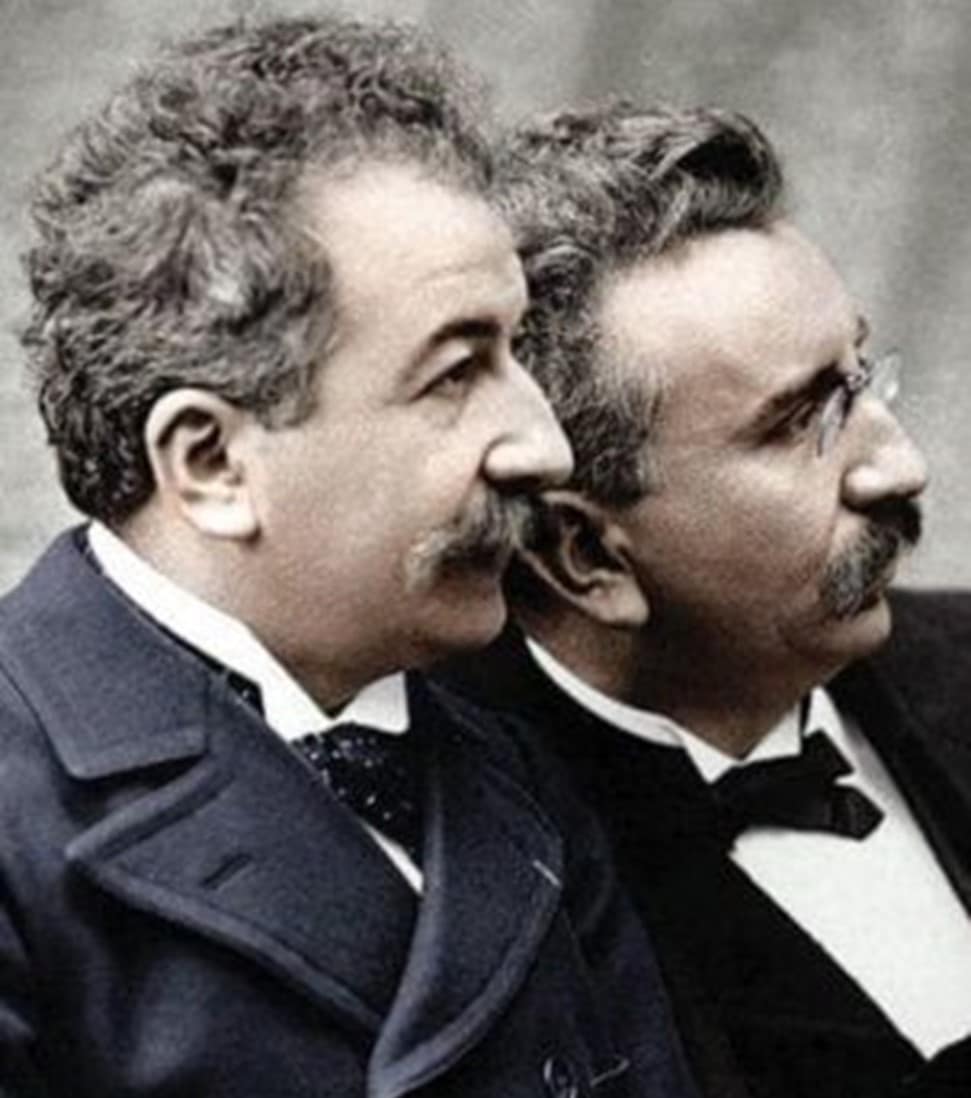
Auguste Marie Louis Nicolas Lumière and Louis Jean Lumière*
The Lumière Brothers were manufacturers of photography equipment, best known for their Cinématographe motion picture system and the short films they produced between 1895 and 1905, which places them among the earliest filmmakers. In parallel with their cinema work, they experimented with color photographic processes including the Lippmann process (interference heliochromy) and their own ‘bichromated glue’ process.
2020
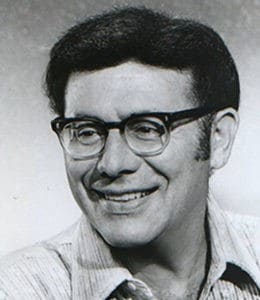
Irwin Allen*
An American film and television producer and director, known for his work in science fiction, then later as the “Master of Disaster” for his work in the disaster film genre.
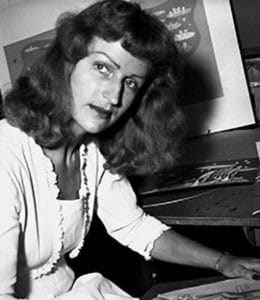
Mary Blair*
An American artist, animator and designer, prominent in producing art and animation for The Walt Disney Company and drawing concept art for ALICE IN WONDERLAND, PETER PAN and CINDERELLA and character designs for attractions including Disneyland’s It’s a Small World.
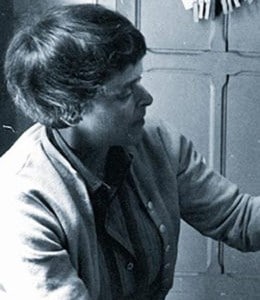
Claire Parker*
An American engineer and animator, best-known for her contribution of the Pinscreen, a vertically-mounted grid of 240,000 sliding metal rods that are first manually pushed into position to create lit and shaded areas, then filmed frame by frame.
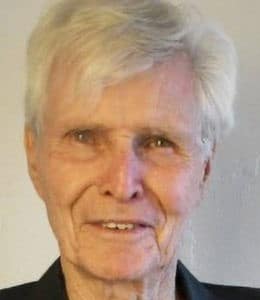
Gene Warren, Jr.*
Special-effects designer at Fantasy II Film Effects who received an Academy Award and BAFTA for his work on TERMINATOR 2: JUDGEMENT DAY and an Emmy for THE WINDS OF WAR.
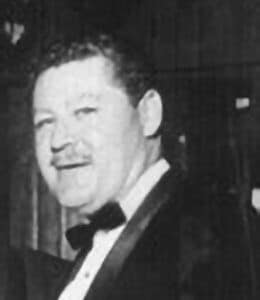
Gene Warren, Sr.*
Award-winning special-effects director. He started his career as an animator and puppeteer, and his work was seen in dozens of films from the 1950s-70s including TOM THUMB, THE SEVEN FACES OF DR. LAO, SPARTACUS, THE ANDROMEDA STRAIN and THE TIME MACHINE, which won him the Academy Award for Special Effects.
2019
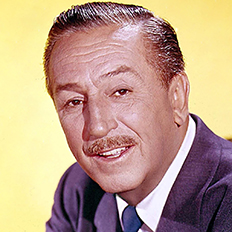
Walt Disney*
Co-Founder of The Walt Disney Company who built Disneyland and won 22 Academy Awards.
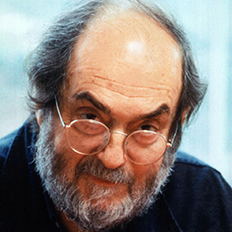
Stanley Kubrick*
Academy, BAFTA and WGA Award-winning Director, Writer, Producer and Cinematographer.
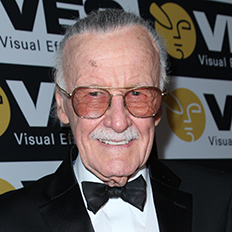
Stan Lee*
VES Lifetime Achievement Award-winning creator of iconic superhero characters and executive producer at Marvel Studios
2018
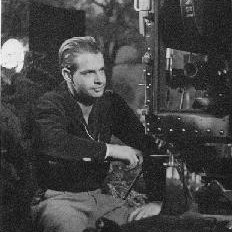
L.B. Abbott, ASC*
Multiple Emmy and Academy Award-winning Visual Effects Artist who headed Fox’s Special Effects Department from 1957 to 1970 (CLEOPATRA, THE SOUND OF MUSIC, TORA! TORA! TORA!, THE POSEIDON ADVENTURE, THE TOWERING INFERNO)
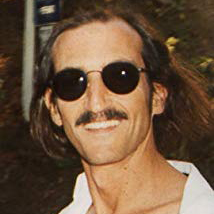
Richard “Doc” Baily*
Digital Animator and creator of abstract image construction software Spore (SOLARIS, THE GAME, FIGHT CLUB)
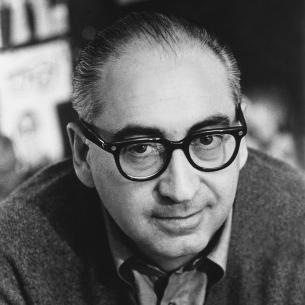
Saul Bass*
Graphic Designer, VFX Consultant and designer from some of the most iconic title sequences in film history (THE SEVEN YEAR ITCH, THE MAN WITH THE GOLDEN ARM, NORTH BY NORTHWEST, ANATOMY OF A MURDER, PSYCHO, SPARTACUS, WEST SIDE STORY, GRAND PRIX, BROADCAST NEWS, GOODFELLAS, CAPE FEAR, CASINO)
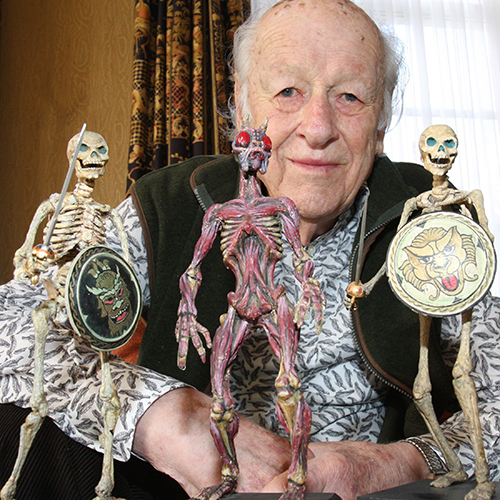
Ray Harryhausen*
Multiple award-winning Visual Effects Stop-motion Animator, Writer and Producer (THE 7TH VOYAGE OF SINBAD, JASON AND THE ARGONAUTS, CLASH OF THE TITANS)
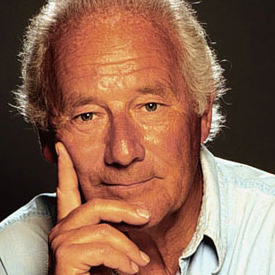
Derek Meddings*
Special and Visual Effects Supervisor who worked in TV and on many James Bond 007 films (FIREBALL XL5, THUNDERBIRDS ARE GO, UFO, MOONRAKER, LIVE AND LET DIE, BATMAN, KRULL, GOLDENEYE)
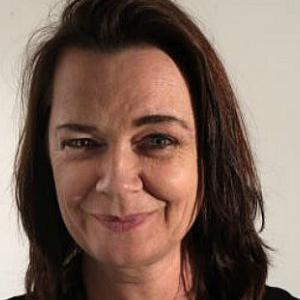
Eileen Moran*
Multiple VES Award-winning Visual Effects Producer who did groundbreaking CG commercial work at DD, and feature work at Weta (FIGHT CLUB, LORD OF THE RINGS Trilogy, KING KONG (2005), AVATAR, DAWN OF THE PLANET OF THE APES)
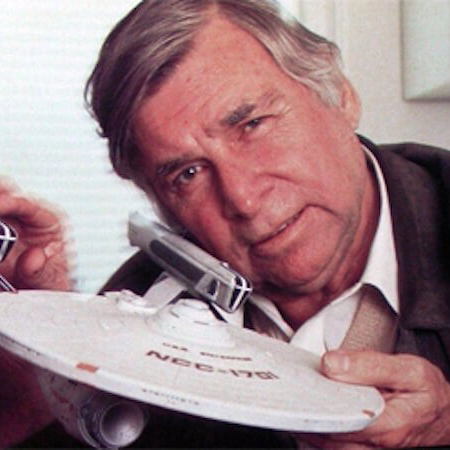
Gene Roddenberry*
Award-winning Writer and Producer known for creating the STAR TREK franchise (STAR TREK, STAR TREK: THE MOTION PICTURE, STAR TREK V: THE FINAL FRONTIER, STAR TREK: THE NEXT GENERATION, STAR TREK: NEMESIS)
2017
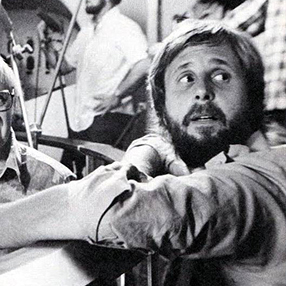
Robert Abel*
VES and Clio Award-winning innovator in Digital and CG Visual Effects (Tron, Star Trek: The Motion Picture)

Ed Catmull, VES
Multiple Academy Award-winning President of Pixar and Walt Disney Animation Studio, VES Fellow and recipient of the VES Georges Méliès Award
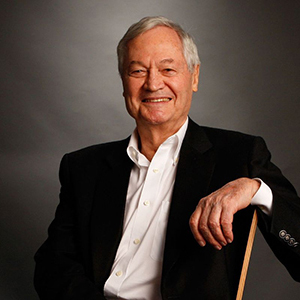
Roger Corman
Independent Producer and Director who helped start the careers of Francis Ford Coppola, Ron Howard, Martin Scorsese and James Cameron (A Bucket of Blood, Tales of Terror, Boxcar Bertha, Battle Beyond the Stars)
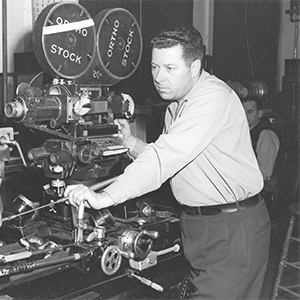
Linwood Dunn, ASC*
Academy Award-winning Visual Effects Photographer who refined the Optical Printer and was an Honorary VES member (Citizen Kane, Mighty Joe Young, The Great Race)
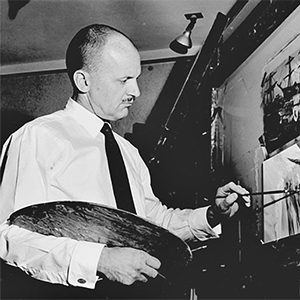
Peter Ellenshaw*
Academy Award-winning Matte Painter (Treasure Island, Darby O’Gill and The Little People, Mary Poppins)
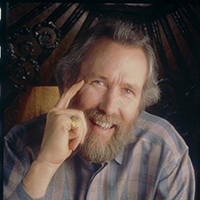
Jim Henson*
Pioneering Puppeteer whose Creature Shop was the gold standard (Sesame Street, The Muppet Show, The Dark Crystal, Fraggle Rock, Labyrinth)
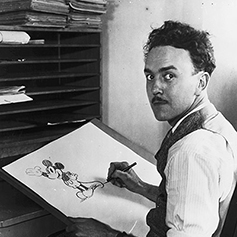
Ub Iwerks*
Academy Award-winning Animator and Visual Effects innovator who perfected combining live-action with animation (Steamboat Willie, 20,000 Leagues Under the Sea, The Birds)
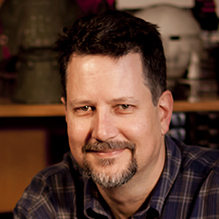
John Knoll
VES, BAFTA and Academy Award-winning Visual Effects Supervisor and co-creator of Photoshop software; Chief Creative Officer at ILM and former VES Board member (The Star Wars, Star Trek and Pirates of the Caribbean franchises, Avatar, Rango, Super 8, Hugo, Pacific Rim)
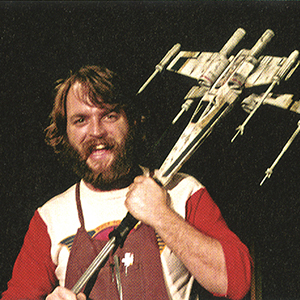
Grant McCune*
Academy Award-winning Visual Effects Artist and Modelmaker (Star Wars: Episode IV – A New Hope, Battlestar Gallactica, Star Trek: The Motion Picture, Ghostbusters II, Speed, Sphere, Red Planet)
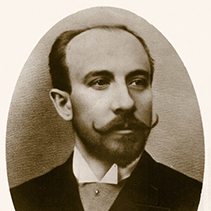
Georges Méliès*
Illusionist and Director (Le Voyage Dans La Lune, The Voyage Across the Impossible)
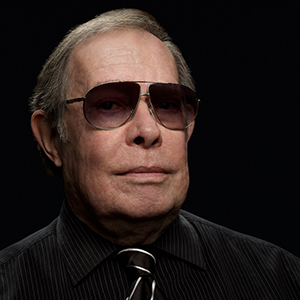
Syd Mead*
VES Visionary Award-winning Visual Futurist and Conceptual Artist responsible for the look of seminal films including Blade Runner, Aliens and TRON
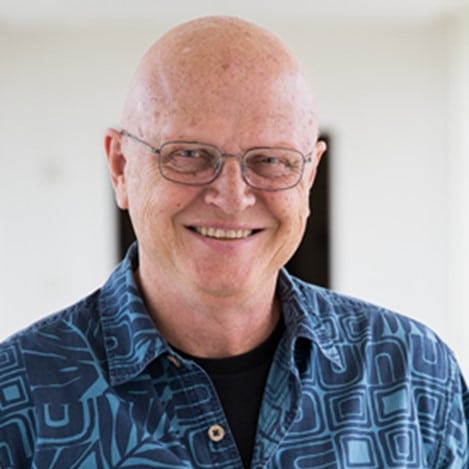
Dennis Muren, VES
Multiple Emmy, BAFTA and Academy Award-winning Visual Effects Supervisor; VES Fellow, Lifetime member of the Society and winner of the VES Lifetime Achievement Award (Star Wars Episode V: The Empire Strikes Back, E.T. the Extra-Terrestrial, The Abyss, Terminator 2: Judgment Day, Jurassic Park)
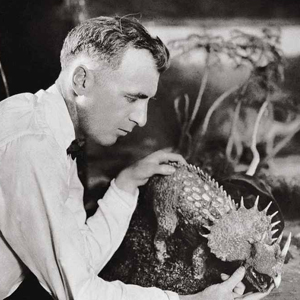
Willis O’Brien*
Visual Effects Stop-motion Animation pioneer, Writer and Director (The Dinosaur and The Missing Link, King Kong [1933], The Lost World)
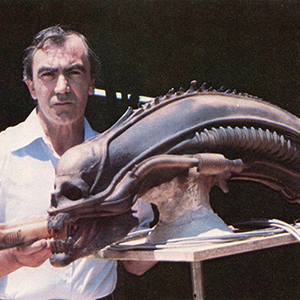
Carlo Rambaldi*
Multiple Academy Award-winning Visual Effects Artist (King Kong [1976], Close Encounters of the Third Kind, Alien, E.T. the Extra-Terrestrial)
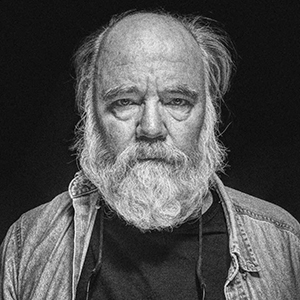
Phil Tippett, VES
Multiple Emmy, BAFTA and Academy Award-winning Visual Effects Supervisor; VES Fellow and winner of the VES Georges Méliès Award (Jurassic Park, Star Wars: Episode VI – Return of the Jedi, Dinosaur!, Starship Troopers)
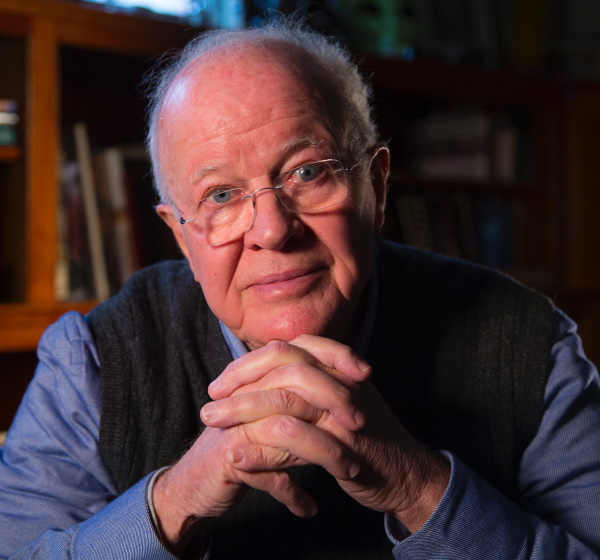
Doug Trumbull, VES*
Multiple award-winning Visual Effects Supervisor; VES Fellow and Lifetime member of the Society and winner of the VES Georges Méliès Award (Blade Runner, Star Trek: The Motion Picture, Close Encounters of the Third Kind)
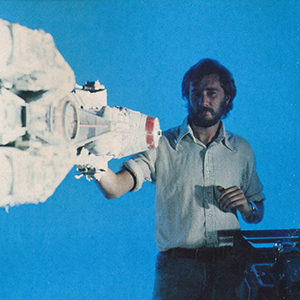
Joe Viskocil*
Academy Award-winning Special Effects Artist who specialized in miniatures and pyrotechnics (Star Wars: Episode IV – A New Hope, Star Wars: Episode V – The Empire Strikes Back, The Abyss, Terminator 2: Judgement Day)
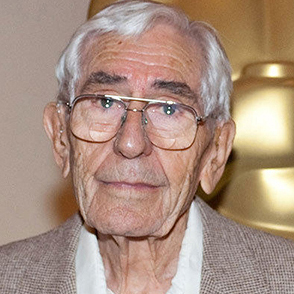
Petro Vlahos*
Emmy and Academy Award-winning pioneer in blue-screen technology (Ben-Hur, Star Wars: Episode IV – A New Hope)
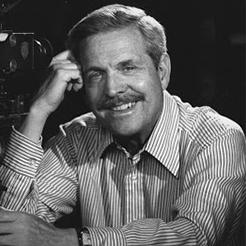
Albert Whitlock*
Emmy and Academy Award-winning Matte Painter (The Birds, The Sting, The Hindenburg)
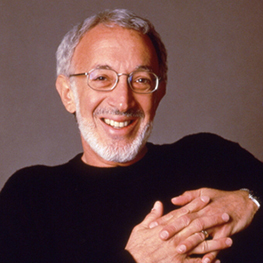
Stan Winston*
Multiple VES, Emmy and Academy Award-winning Practical, Prosthetic and Creature Effects artist, Director and Producer (Edward Scissorhands, Terminator 2: Judgment Day, Aliens)
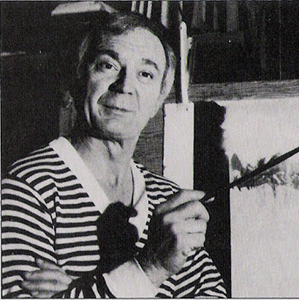
Matthew Yuricich*
Academy Award-winning Visual Effects Matte Painter (Ben-Hur, Blade Runner, Die Hard)
fusion_global=”21932″]

